Festival of Crafts
ul. "Hristo Botev" 13А, 9300 Dobrich Center, Dobrich, Bulgaria
+359 878781697
Similar Tours
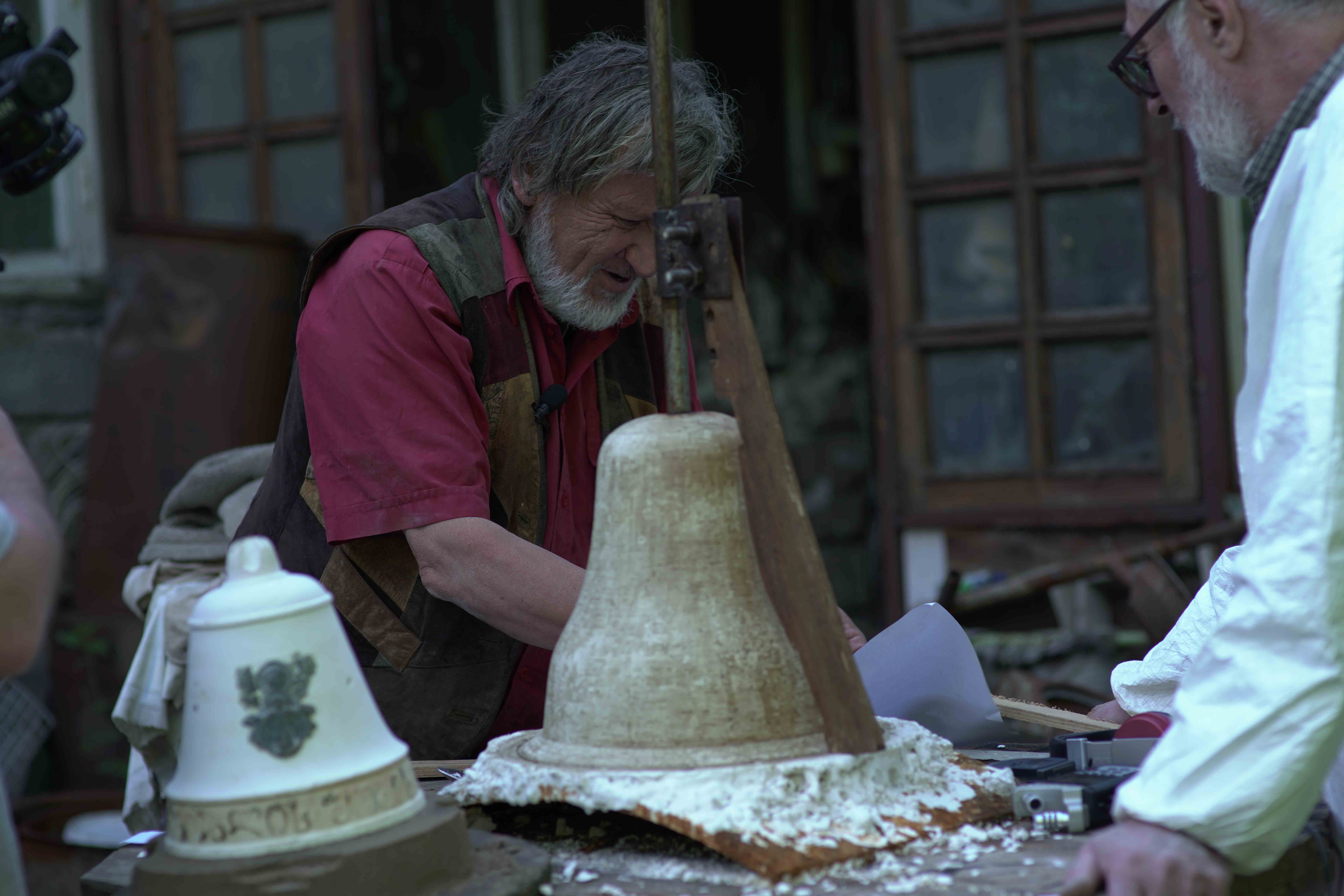
Bellfounding Workshop
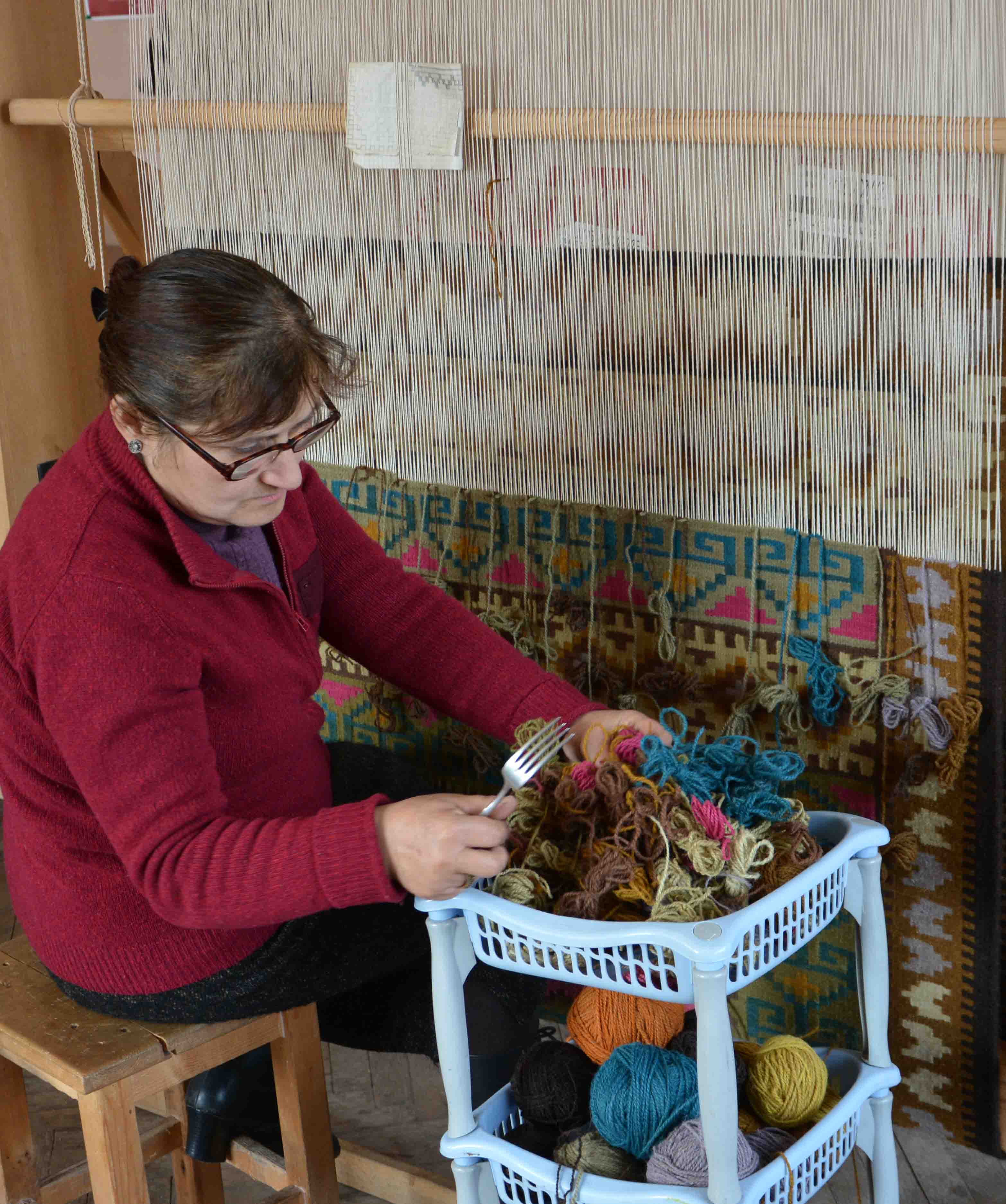
Kizikian Rag weaving Masterclass
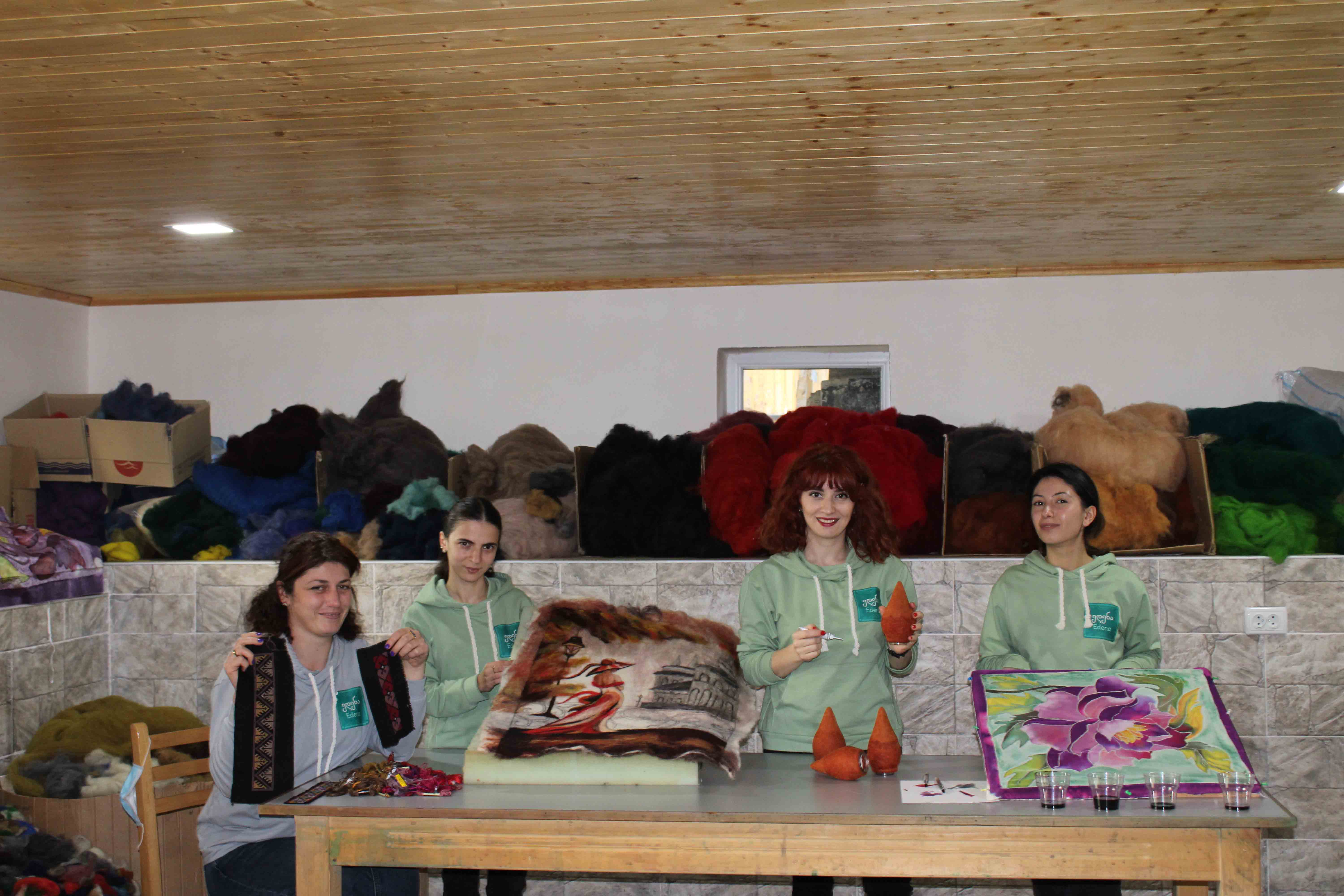
Felt souvenir from Racha
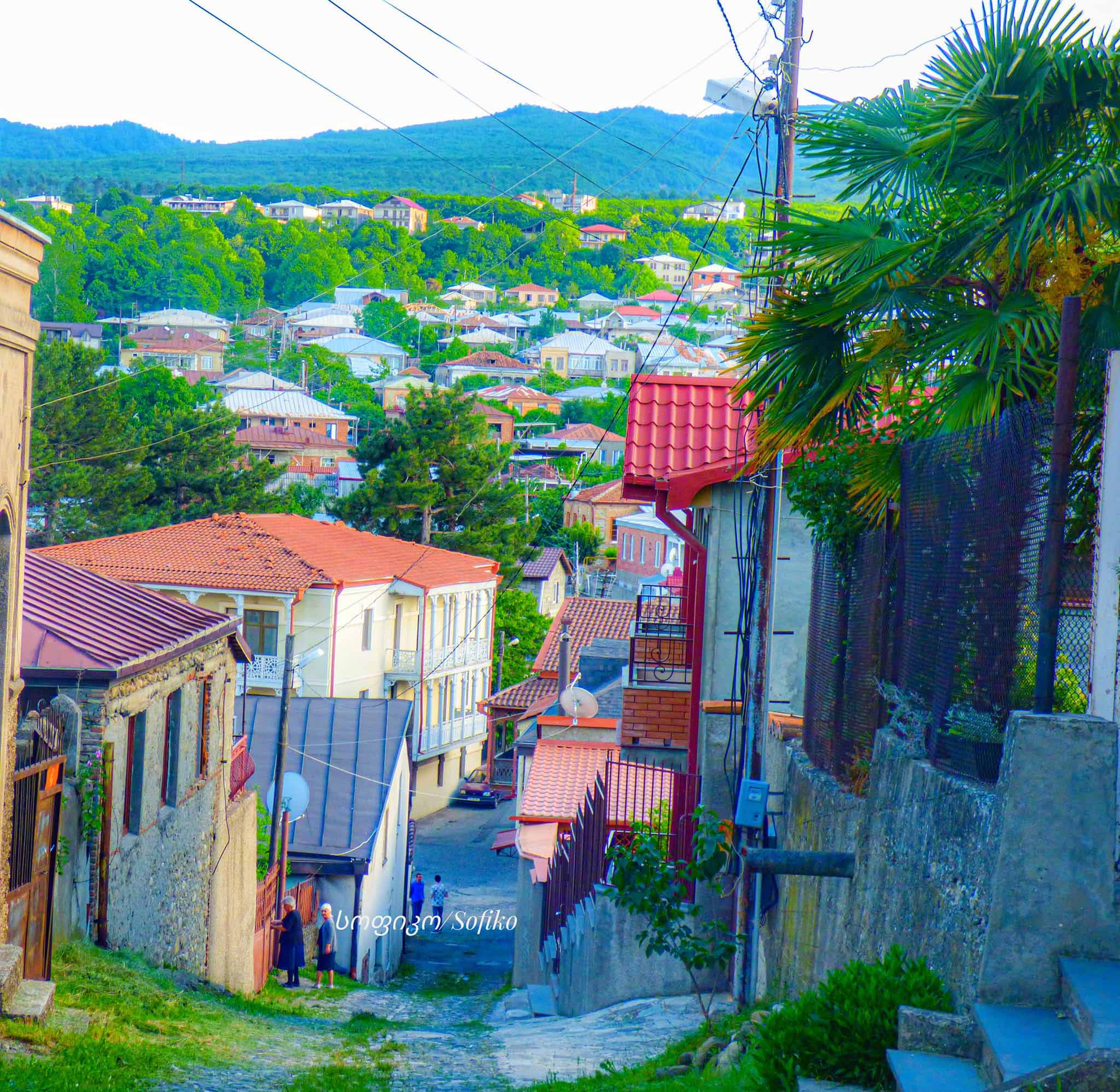
Tales of the Craftsmen Street
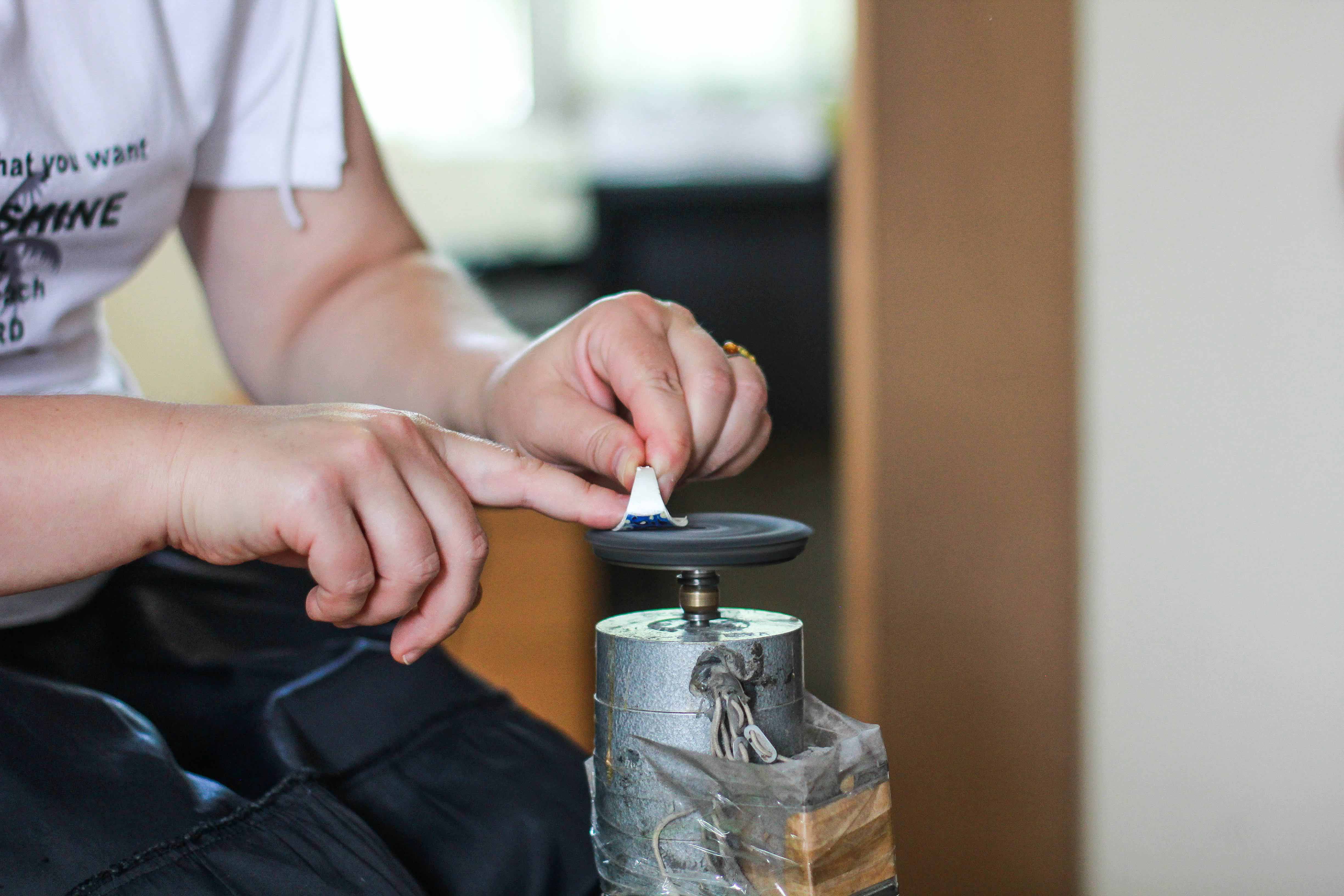
Cloisonne enamel master class
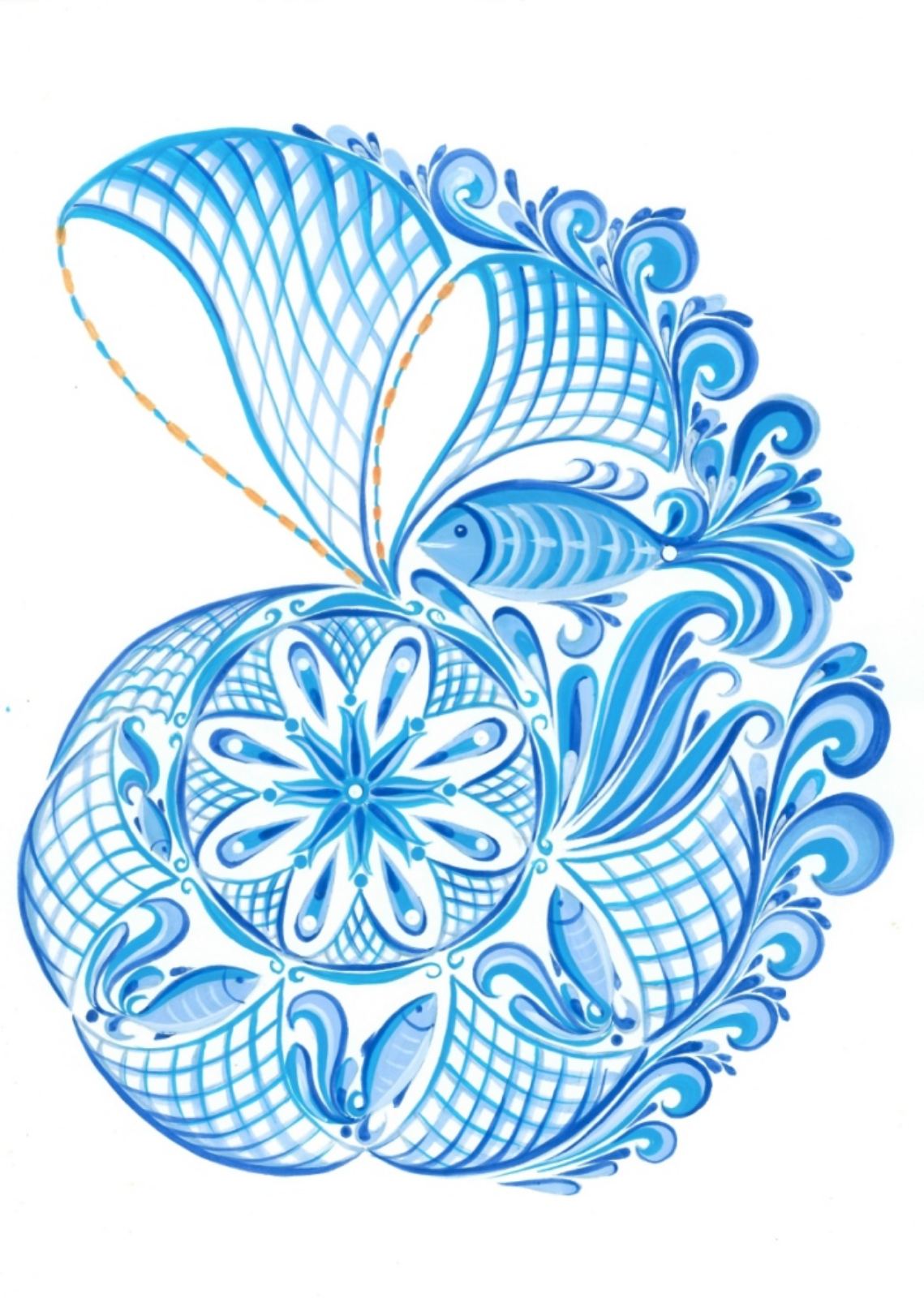
Master class on the Taurian painting
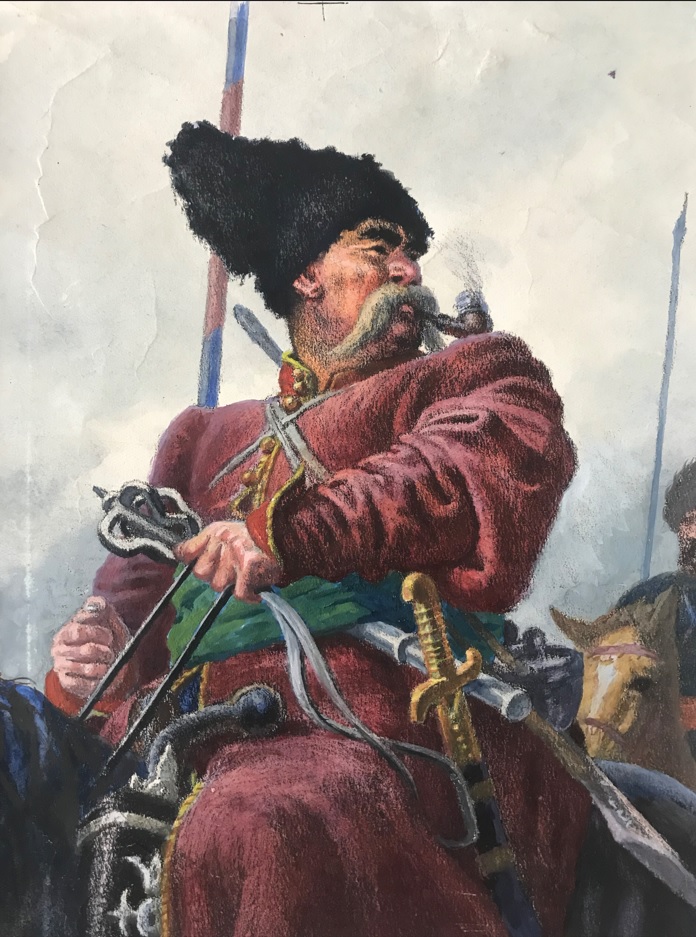
A tour through the halls of the Yevhen Kibryk Art Museum in Voznesensk city

Masterclass in Wood carving with Koycho Kolev
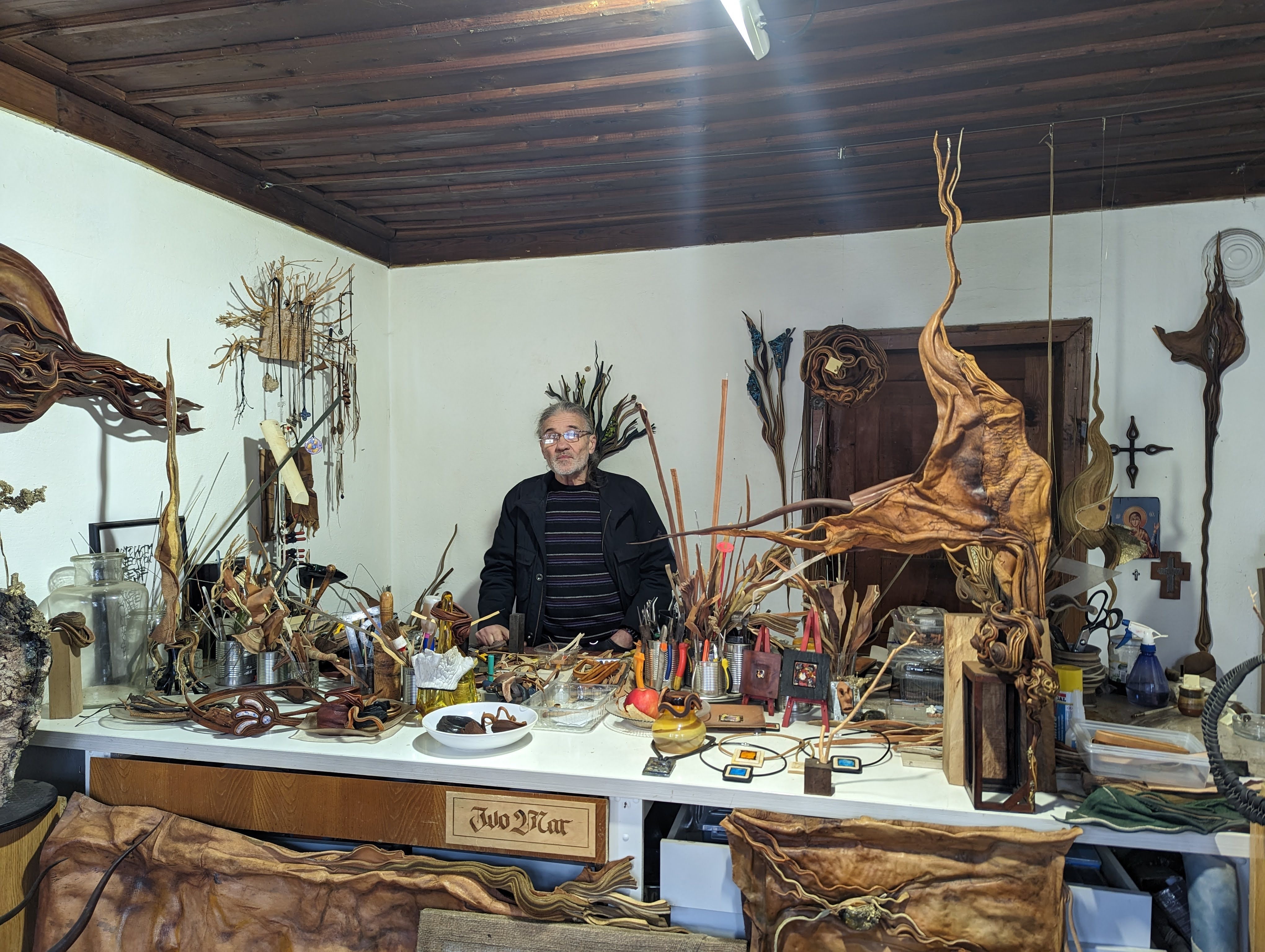
Souvenirs of Dobrich
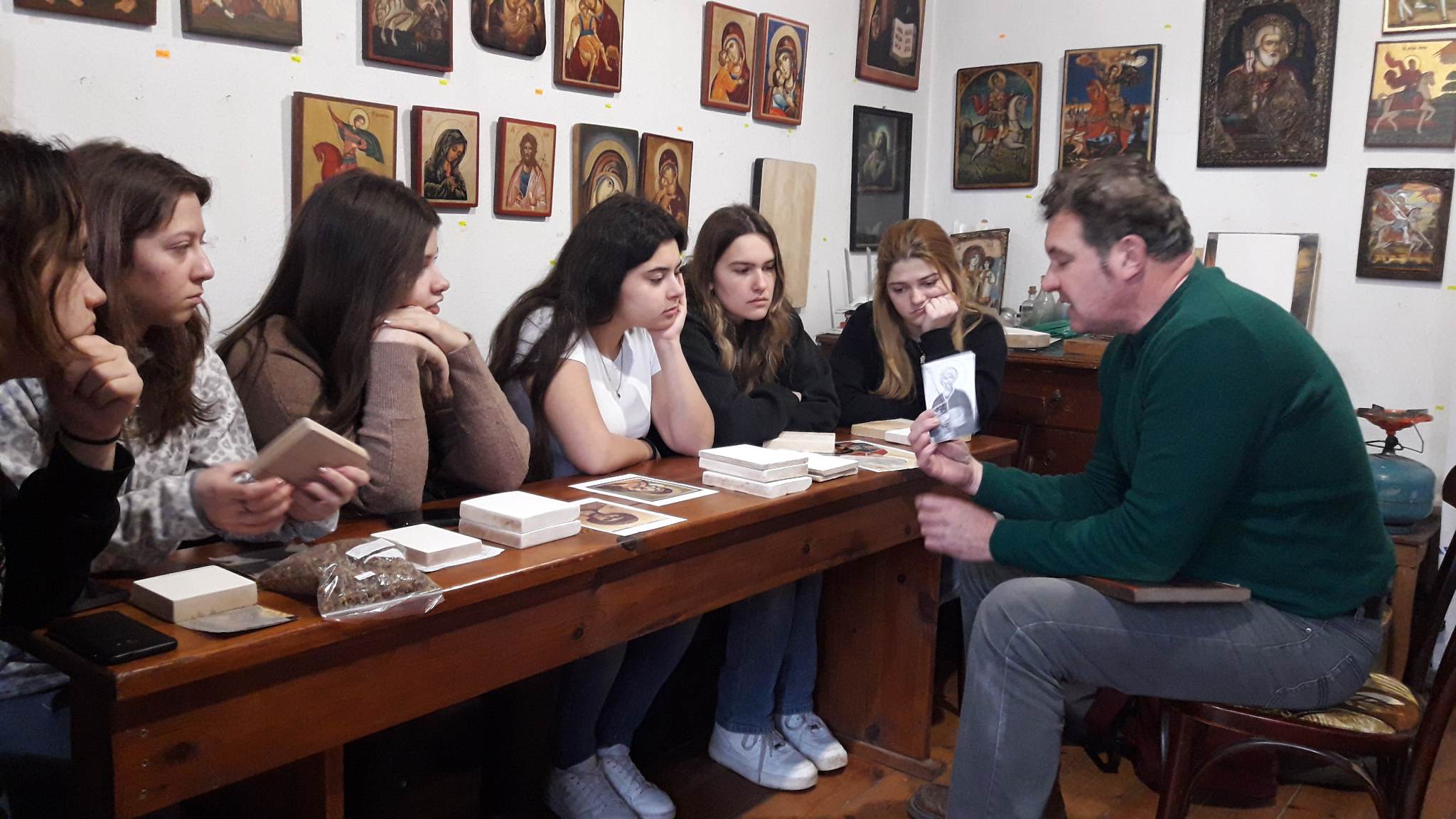
Icon painting masterclass
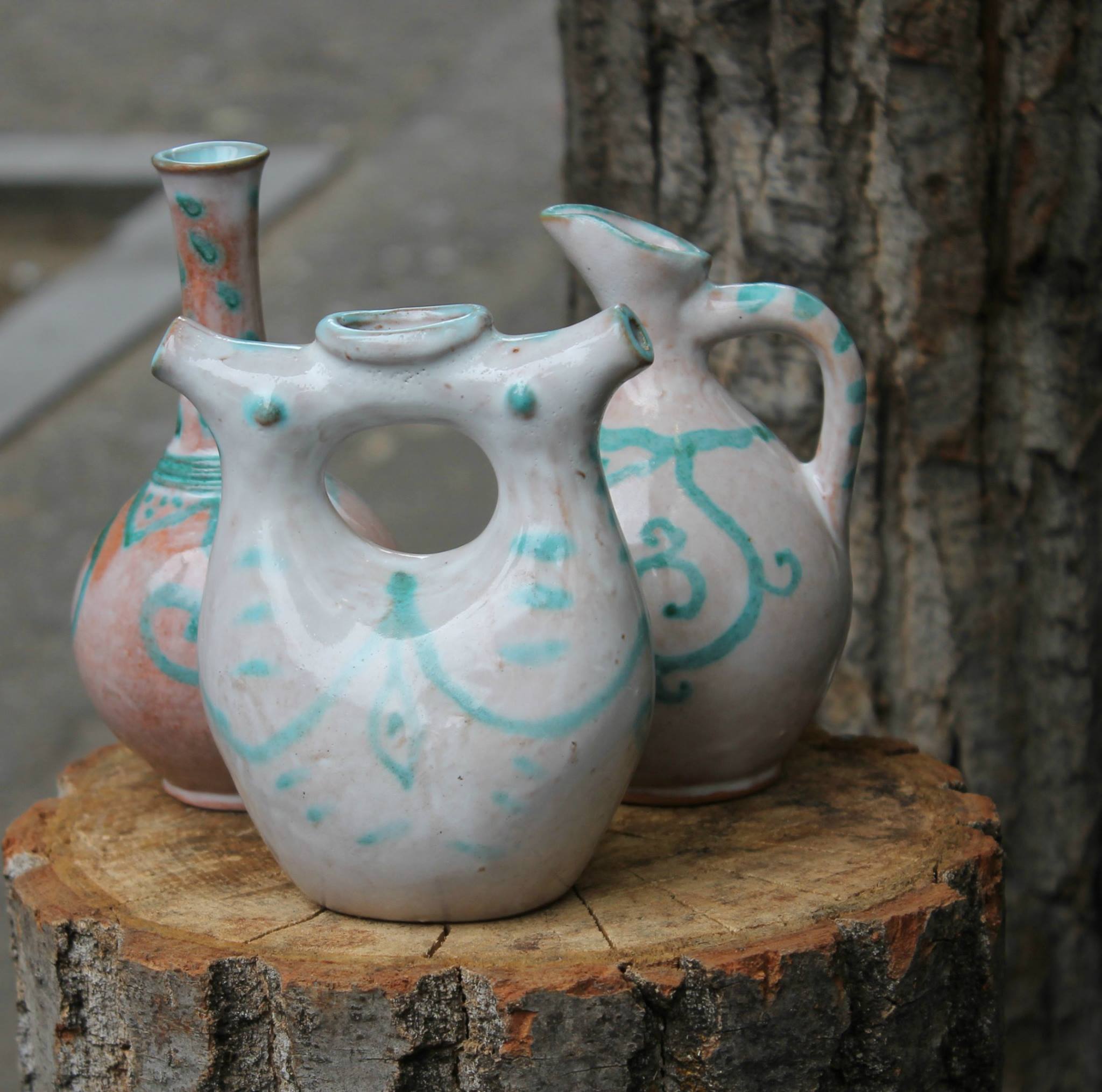
Wheel-throwing masterclass
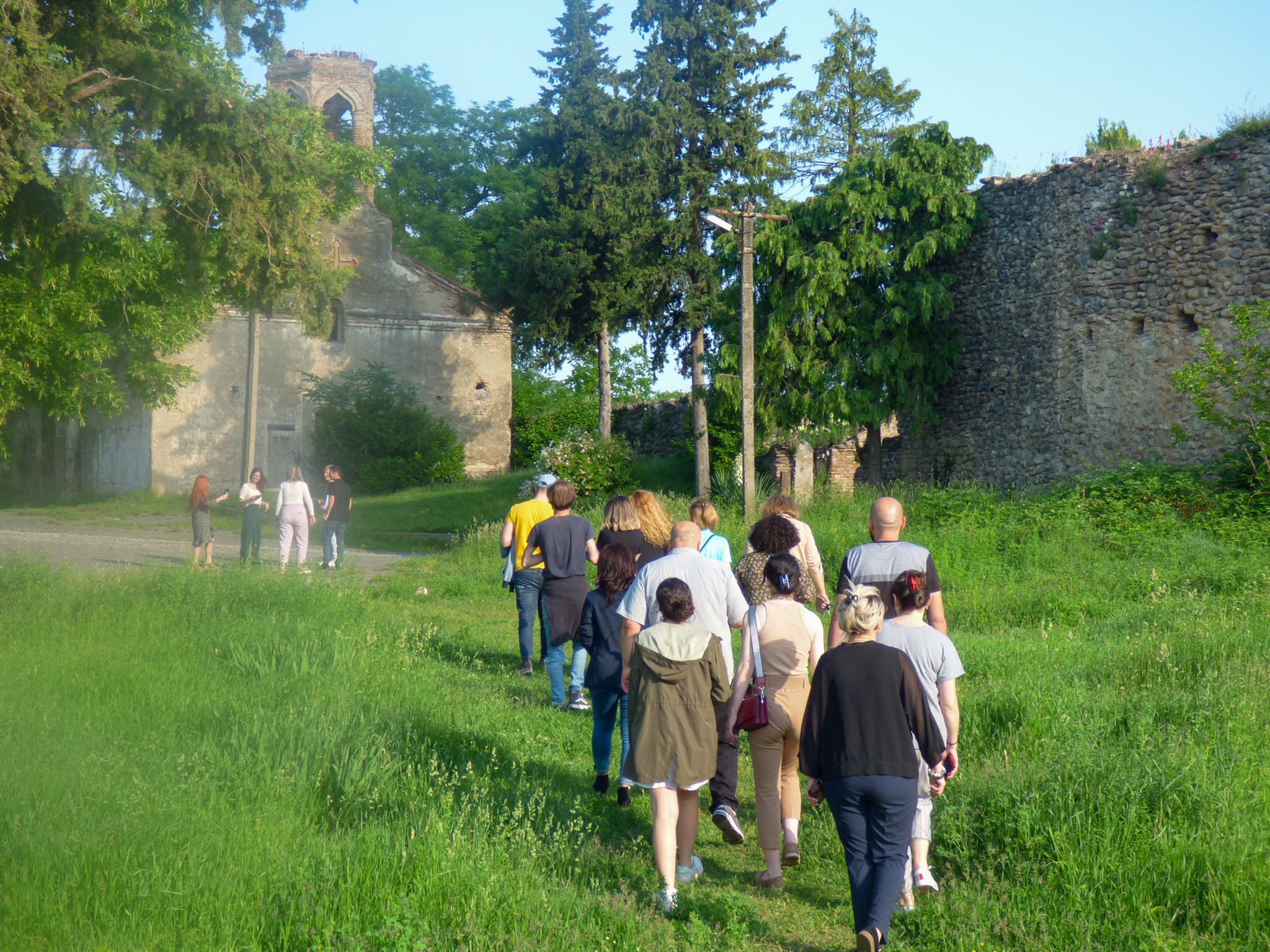
Creative Tours Georgia
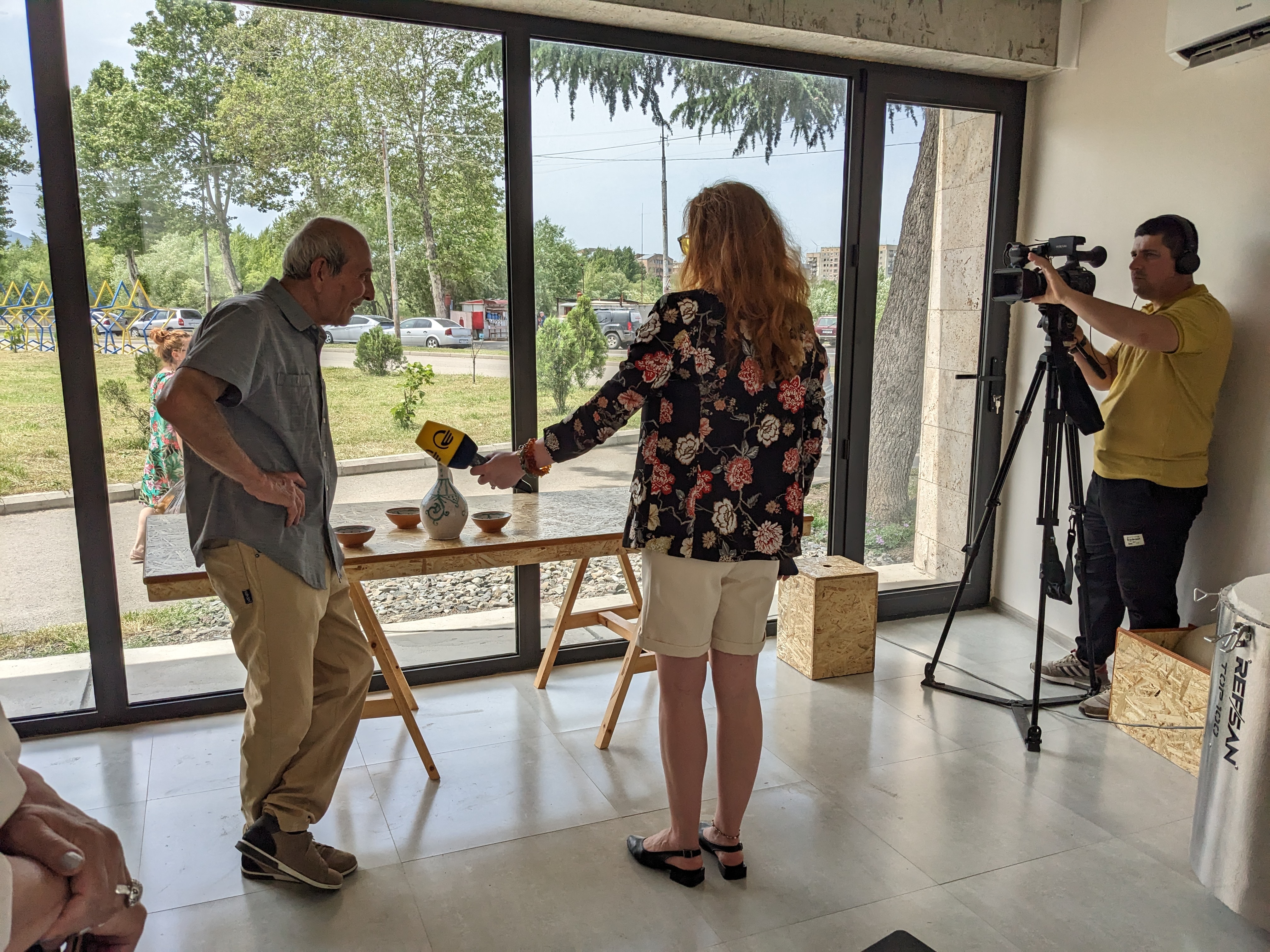
Ceramic Workshop
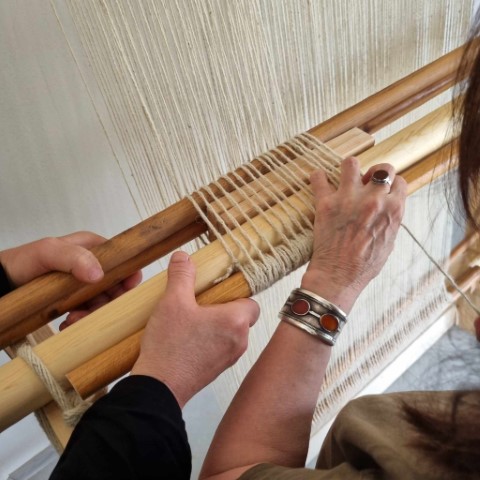
Textile Workshop
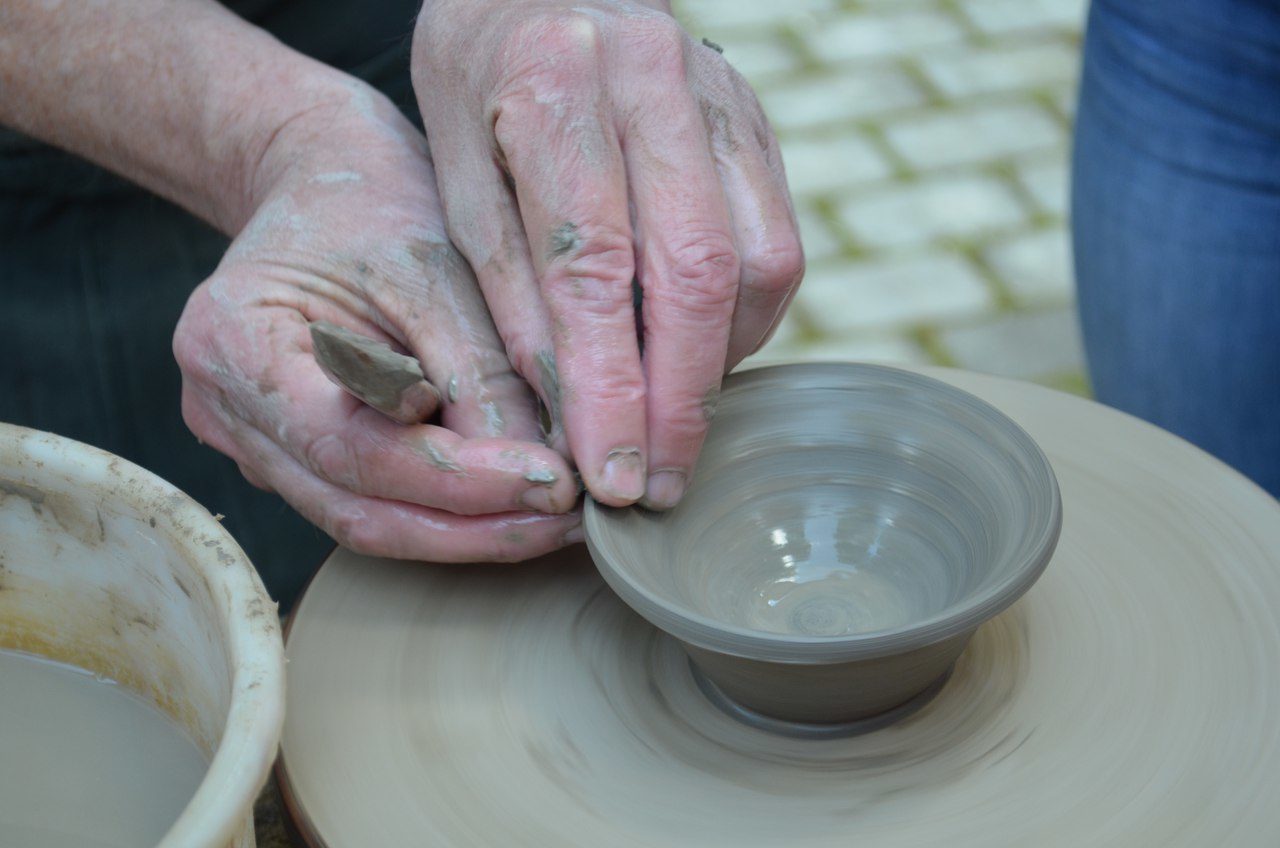
Reproduction of ancient traditions in modern ceramics
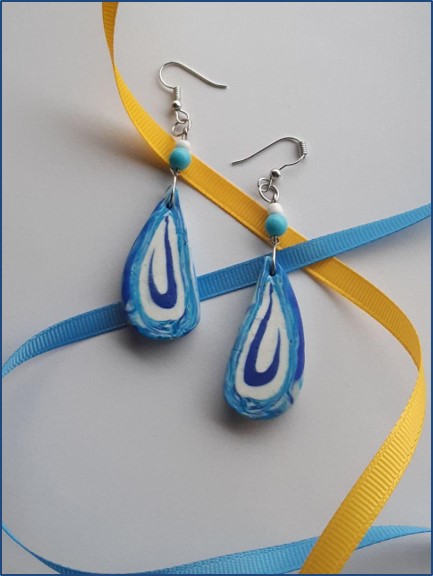
Workshop of Halytsynivska Berehynia
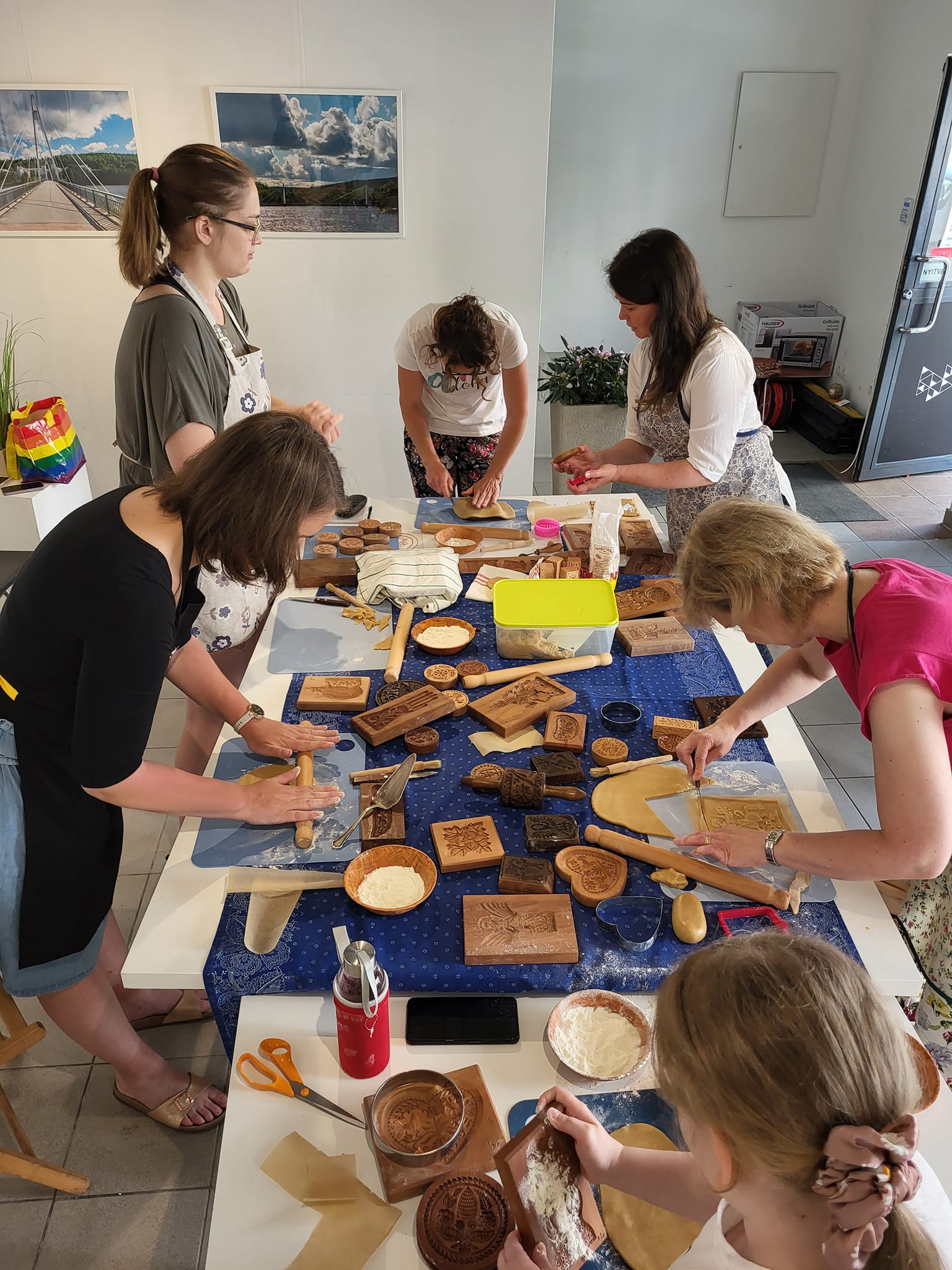
Gingerbread making with carved honeycake moulds
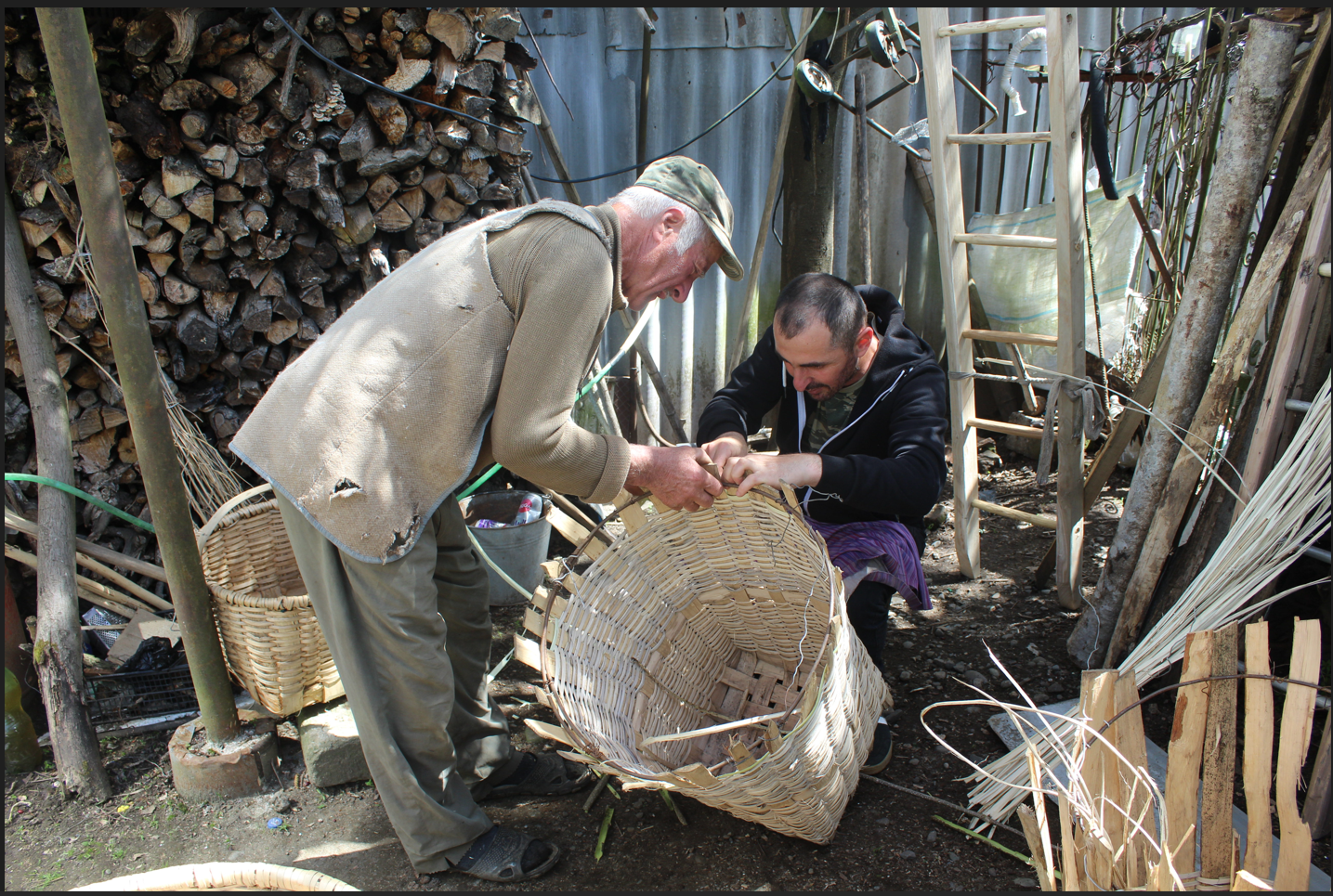
The Art of Gideli Spinning - The Past in Present and Future (ICH of Guria Region)
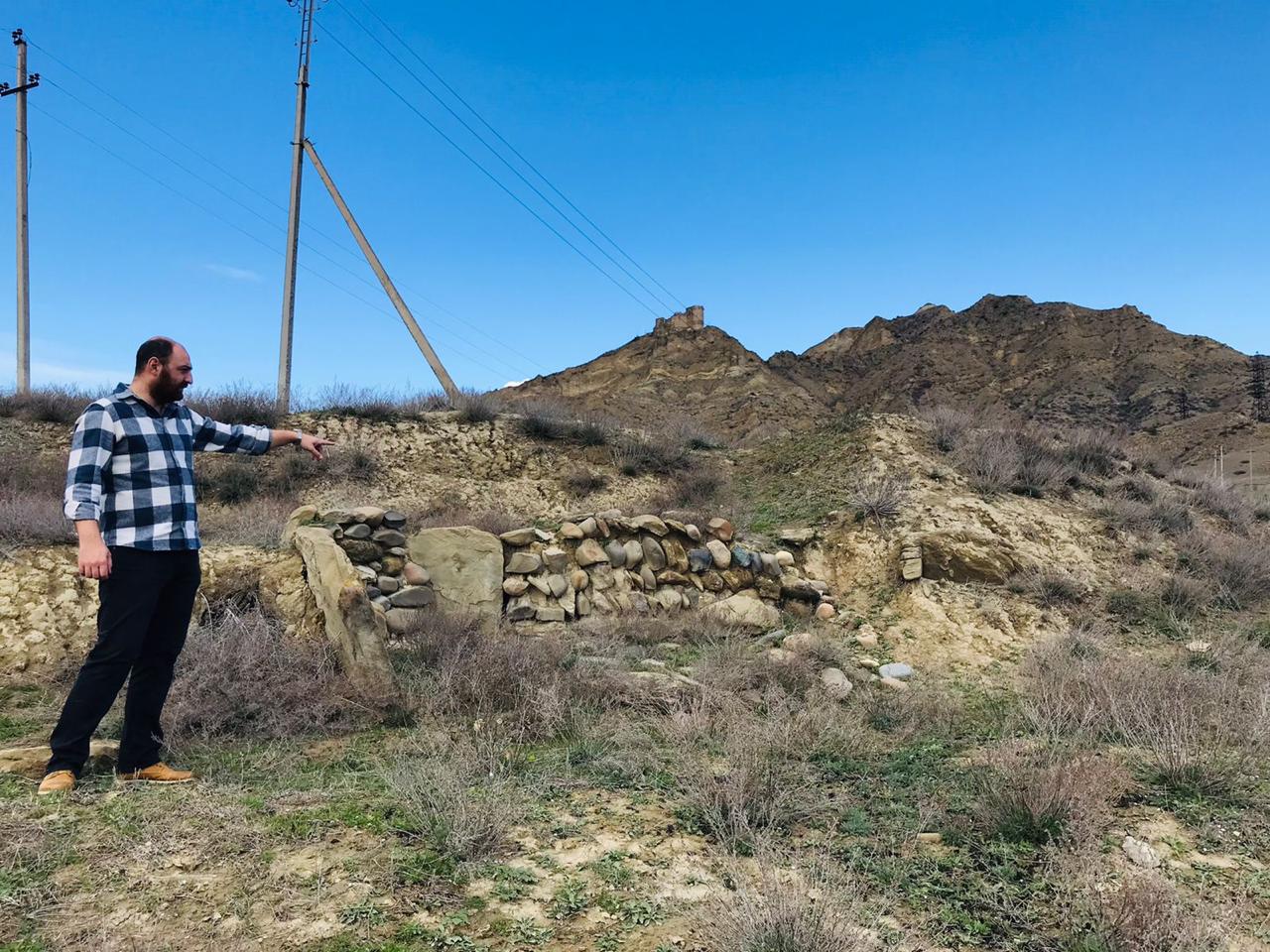
Real Archaeological Expedition/Restoration tour with local traditional workshop
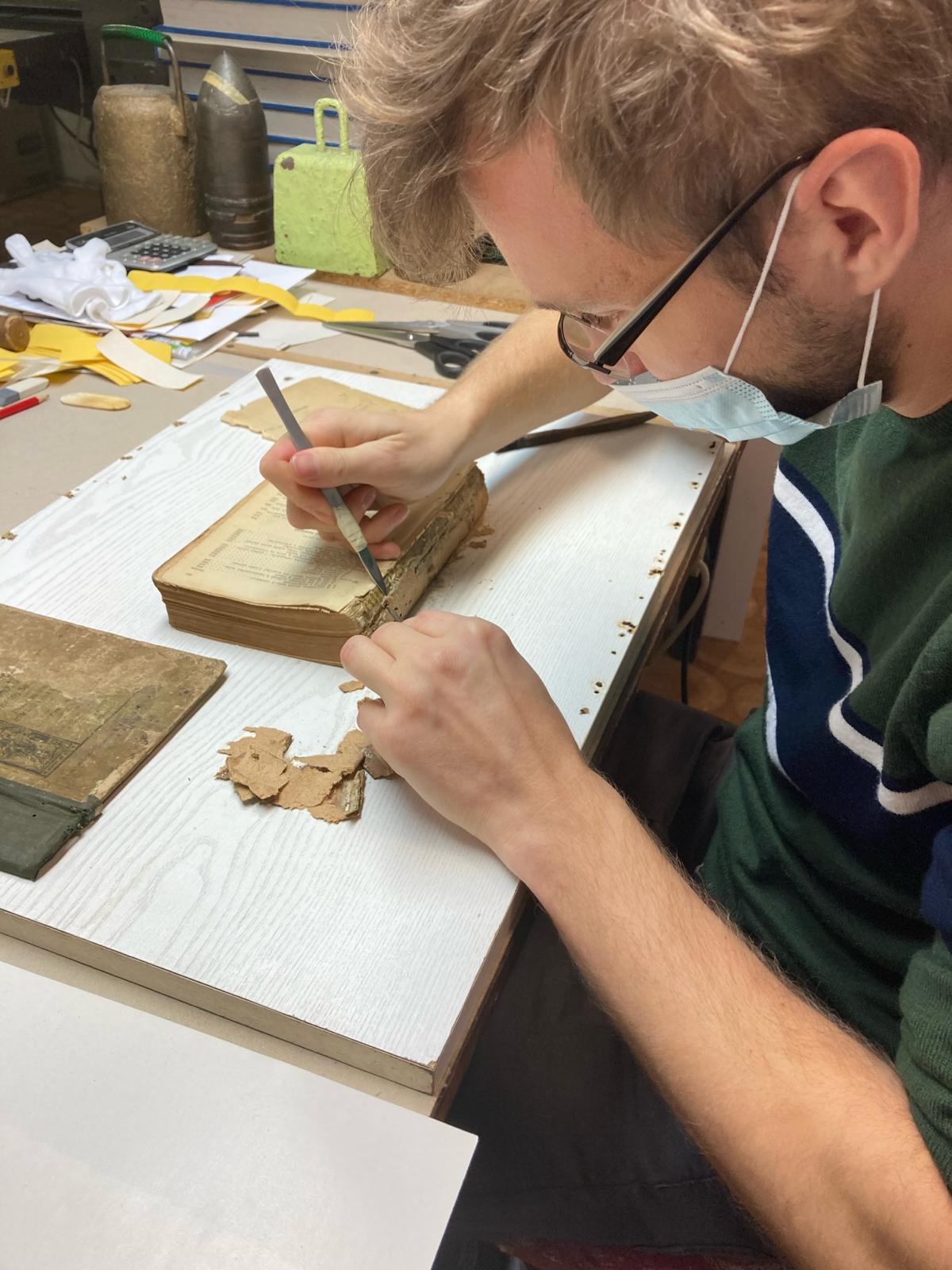
Make your own book
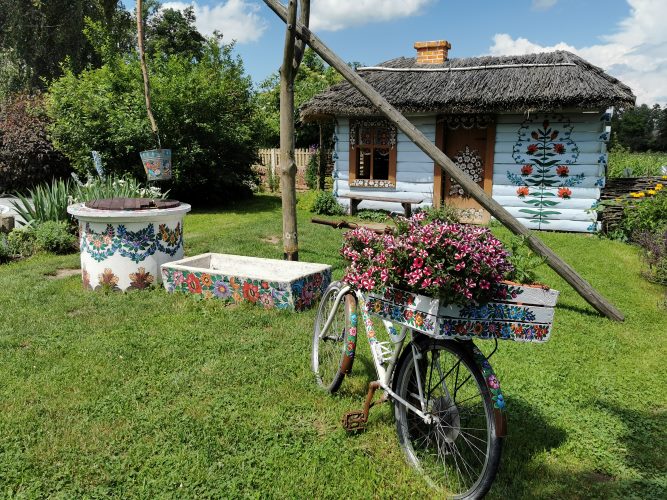
Feel the Flower Power of Zalipie
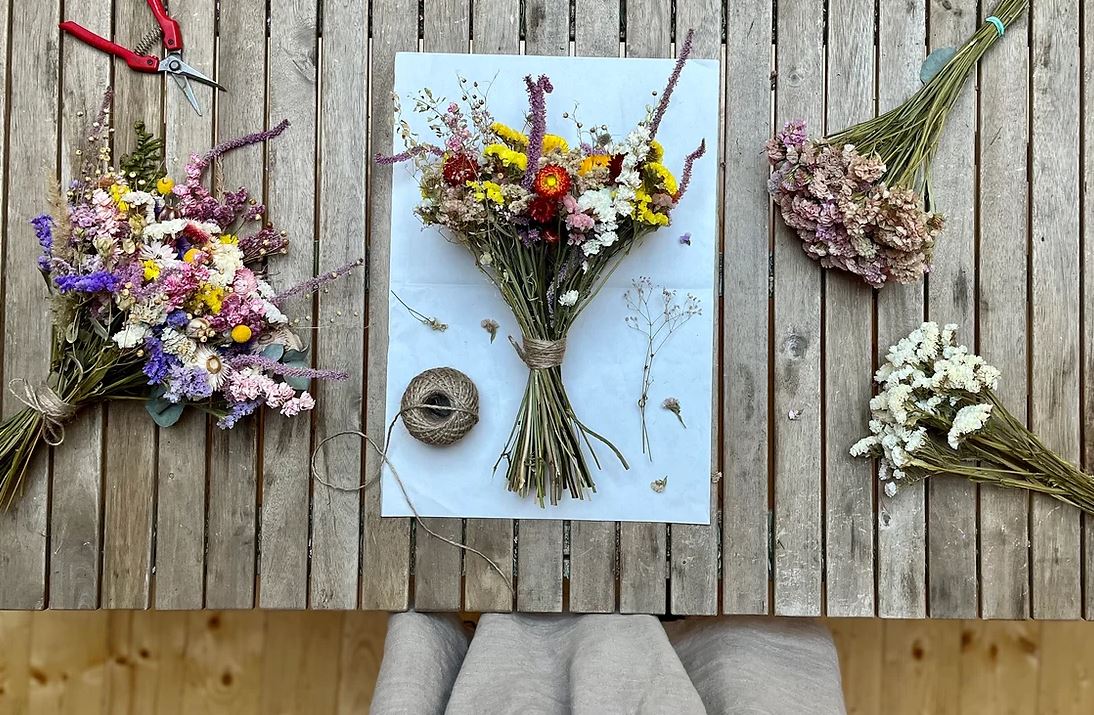
Self-service flower stand, Krásenka garden
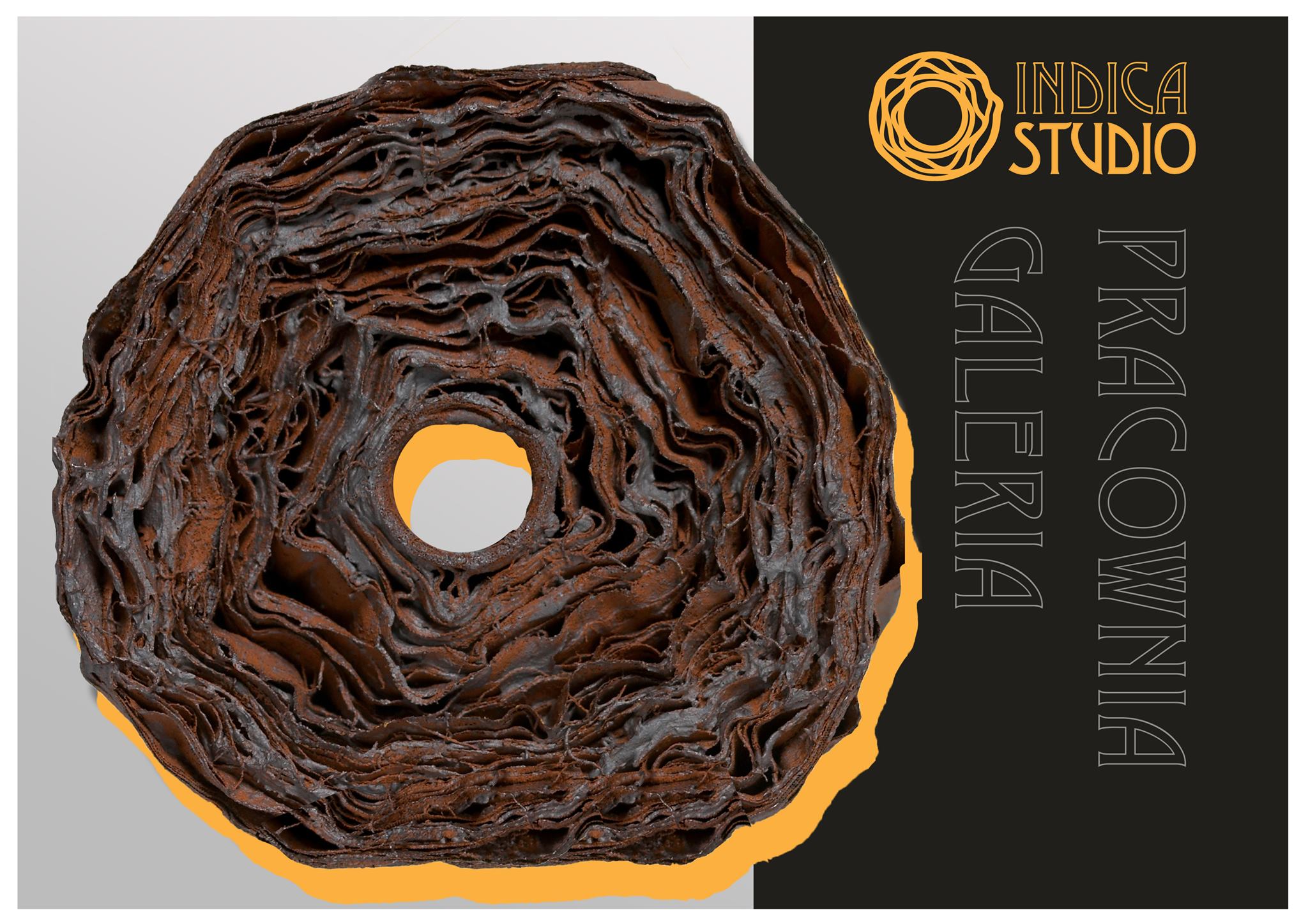
Indica Studio With Passion Through ŁODZ-Creative Tourism

"Pshauri House" - Traditional crafts master class

MTIEBI - Traditional crafts and gastronomy master class
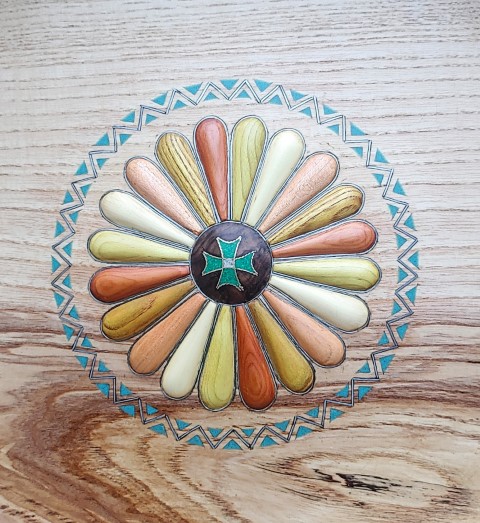
A master class on inlaying in Dusheti
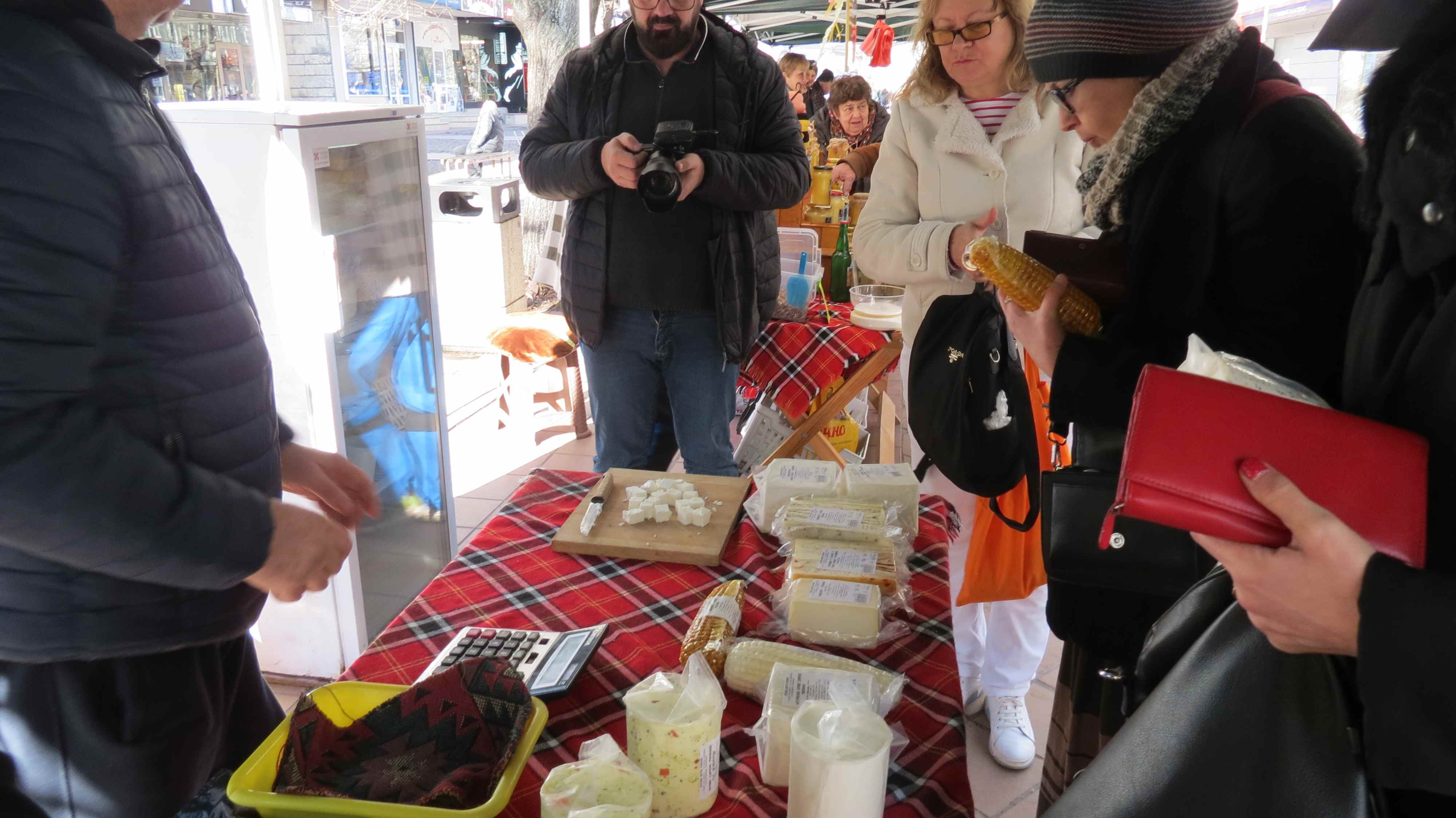
The mission of the "Dobruja - History, Traditions, Culture" Foundation is to preserve local traditional crafts and promote them among the citizens and guests of the city. The founders of the foundation organize farmers' markets in the Dobrich region, and within the framework of the project they also organized the first craft festival in Dobrich.
The craft festival presents demonstration workshops of crafts from the Dobrudja region. The venue is in ОАЕМ Stariya Dobrich in spring and/or autumn. About 20 artisans from the Dobrich region will be invited to participate in the festival, who will demonstrate the knowledge, skills and traditions of making old Dobruja crafts. The aim is to preserve the old practices and Dobruja traditions in the fields of folk and artistic crafts through continuity and provoking interest in their inheritance and their application in modern times. The way of presentation, promotion and demonstration of the product implies innovation by including the following elements: There are many craftsmen in the region who are not represented in ОАЕМ Stariya Dobrich. Organizing annual festivals with live demonstrations will spark interest among teenagers, promote the crafts and the participants themselves. In this way, the tendency for the number of craftsmen to decrease and the traditions to be forgotten will be resisted. Through live demonstrations of artisanal skills and practices, a direct connection is created between the artisan-visitor who is also a consumer/buyer, which will provoke demand and opportunity for the realization and development of small artisanal producers, making them sustainable in the future. Local artisans are given a chance to become famous and find financial realization of their work not only during the festivals, to become more competitive and find financial realization of their work. Preserving and disseminating knowledge about some of the oldest ways of crafting, characteristic of the Dobrudja region. In addition to the local community, the products of local artisans will also be promoted to the tourism business. This will be a prerequisite for promoting the region and improving the quality of the tourist product through the added value of handmade souvenirs from local artisans. CULTURAL HERITAGE The Bulgarian people have practiced throughout their many centuries of existence products and objects for household consumption. For the possibilities of the Bulgarian in the artistic processing of wood in a homely, manual way, they give shepherd's accessories, household utensils, spinning devices, dowels, etc. Today we enjoy what we have inherited, what has preserved us, and what we are about to pass on to those who will come after us. A special place belongs to artistic crafts, guardians of the national spirit. The Bulgarian's close relationship with wood and knowledge of its properties are evident in the artistic treatment. Household dishes and utensils made of wood are distinguished by exceptional strength, warm radiation and convenience. The master carpenters made everything from the feeding spoon and bowls, the cups, the spindles, the mantelpieces, the bread kneaders and the troughs for processing the grapes to the sofres and the three-legged stools. In all of them we find a sense of form and practicality. Clay and a potter's wheel or "step" are used to make household ceramics. After the clay vessels are made, they are fired in a kiln. Ceramic ornamentation is vegetal and geometric with smooth concentric and zigzag lines. The decoration reached its perfection with the Trojan Mysore potters. Folk ceramics are multifunctional. It is divided into kitchen utensils - pots, casseroles, trays, saucepans; tableware - pitchers, jugs, glasses, jars, kettles, pans; ceremonial dishes - wedding dishes, wedding wine decanters, wine pavres, censers, baptism domes, etc.; household utensils - paint pots, smokehouses and bee feeders, pots for brewing brandy; food storage containers. In our region, pots called "gavanoz" were used as containers for storing and fermenting milk. Clay is also used to make bricks and roof tiles Tannery is one of the most popular and characteristic crafts of Bulgarians since ancient times. Raw and dressed hides were the chief article of export of our ancestors after grains. The leather was used for various purposes and processed depending on its purpose. The most simple is the processing of hides for making bags, cheese sacks, bagpipes and cloven hooves. Bags, bellows and bagpipes are made from the skin of small animals - sheep and goats. Pig skin is used to make tservuli. The processing of the skins that were used to make the coats was complicated. The processing of skins without fur is a specialty of artisan leather workers for shoe making. There are still artists who continue and popularize Bulgarian traditions in this beautiful and difficult craft. Embroidery and embroidery were part of the everyday life of Bulgarian women. It turns into a valuable applied art, where the Bulgarian woman invests her love for home and nature. The main materials for embroidery are the home fabrics of hemp, linen, wool, cotton and silk, with different types of thread in a rich color range, with gold and silver tinsel, with sequins and beads. A distinctive feature of our embroidery is its multi-color, with the main color being red and the other colors being in soft tones. Embroidery is writing with symbols. The ornaments represented in the embroidered products are plant or animal images, human and geometric figures. It is not just a decoration. It has power, message and protection. There are still people who work and preserve the authentic stitches, symbols, cuts and patterns. It is important that they are preserved in their pure form, because they are the guardians of our Bulgarian history, heritage and memory. There is no rite that is not accompanied by the substitution of bread - whether for good or for bad, for birth or for death. In Bulgarian traditional culture, bread is not only a common daily food. It is a symbol of natural goods and human efforts, of the order and laws of life. If there is bread on the table around which the family has gathered, then there is still life in the house. The most universal ritual-magical tool is ritual bread. For this bread, after threshing, the largest wheat is chosen, which is washed in the river, dried and kept for holidays such as Easter, St. George's Day, Christmas, weddings. The dough is mixed with water brought by a maiden or bride in complete silence. This water is known as silent water. The leaven for the ritual bread is mixed with herbs. The butcher must also be a young woman dressed festively. It symbolizes the beginning, the new, fertility. Ritual songs are sung during the kneading. The decoration of the ritual breads includes solar symbols – a cross, a circle, a symbol of the sun, a fish, a symbol of Christ. A prosphora seal is also used, which was a must have in every house. This is a wooden, round seal that usually has "Jesus Christ Nika" written on it. Bread was also used for treatment. With fresh bread on Spasovden, the sick and infirm went out to the fields and meadows to make a gift for health. Elderly women kneaded a pie and smeared it with honey and distributed it, saying the words: "Come, come, Grandmother Sharke, eat the honey pie, don't hook our children." In Dobruja, people believed that bread has a soul. After taking it out of the oven, the women spread messal and placed the hot bread on top of it, covering it with another messal. Thus, the bread was left "to take its soul, to rest". Bulgaria has thousand-year-old traditions and customs, thousand-year-old folk art, which are embedded in our genes. But it is up to us to pass on to our descendants the living connection with the root of the Bulgarian family. And this living connection is the masters. They guard the road we have been walking through for centuries and make us Bulgarians.
Season :
Spring, Summer, Autumn, Winter,
Seating capacity :
20
Duration of the service :
4 hours
Guest requirements & Cancellation rules :
Reservation at least 3 days in advance, cancellation at least 2 days in advance
Working hours :
09:00-17:00
Resting Days :
Sunday
Min and Max number of visitors :
10-30
By using the site, you agree to the cookies policy
Terms and Conditions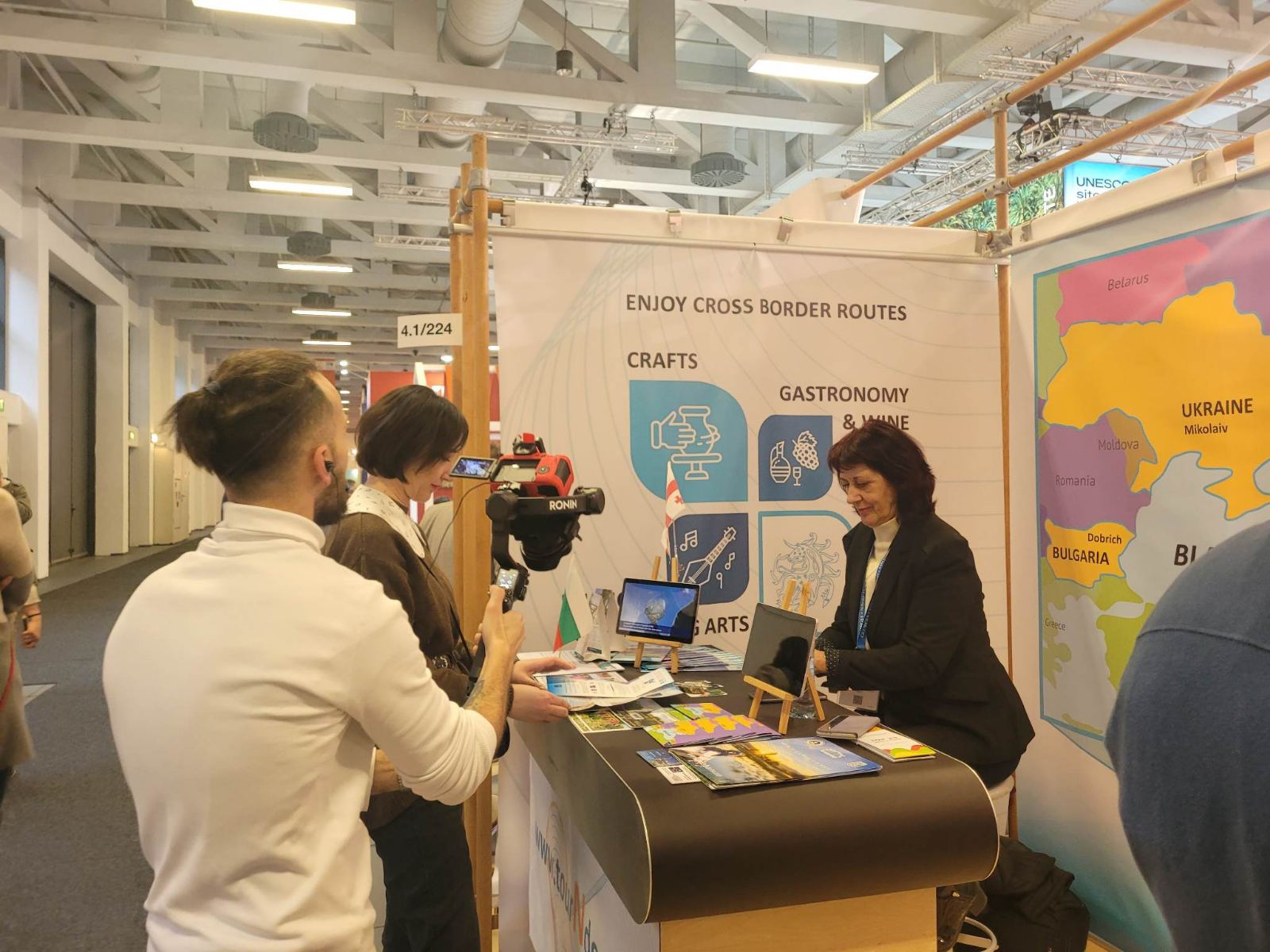





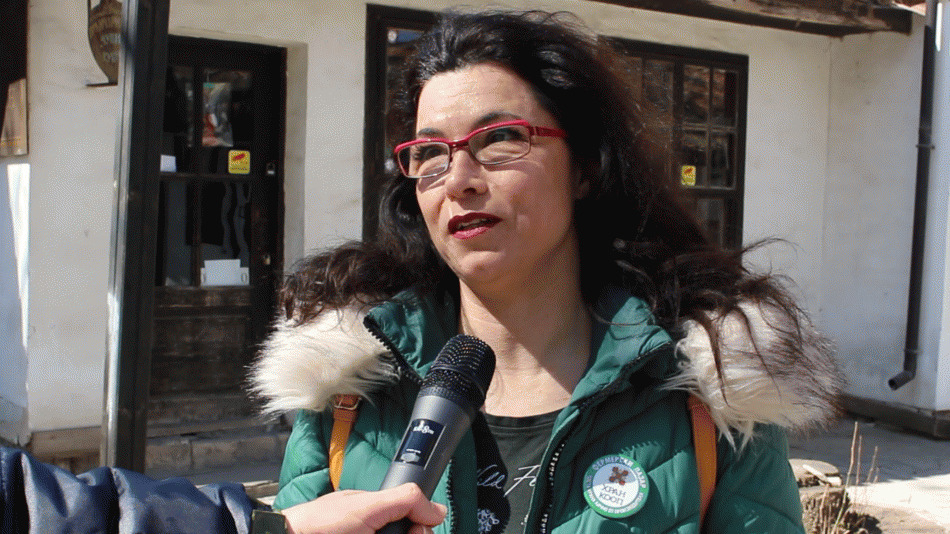
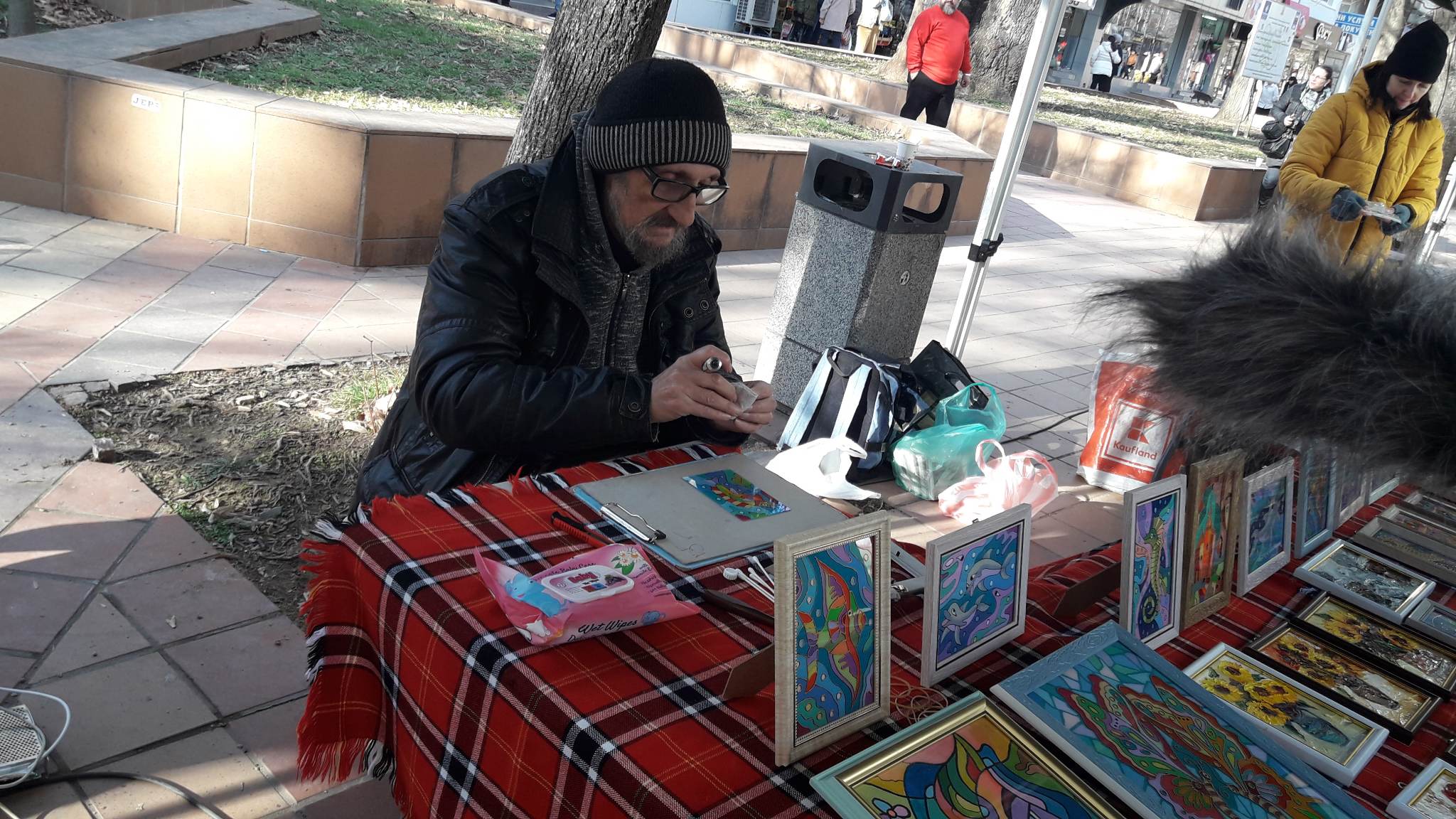
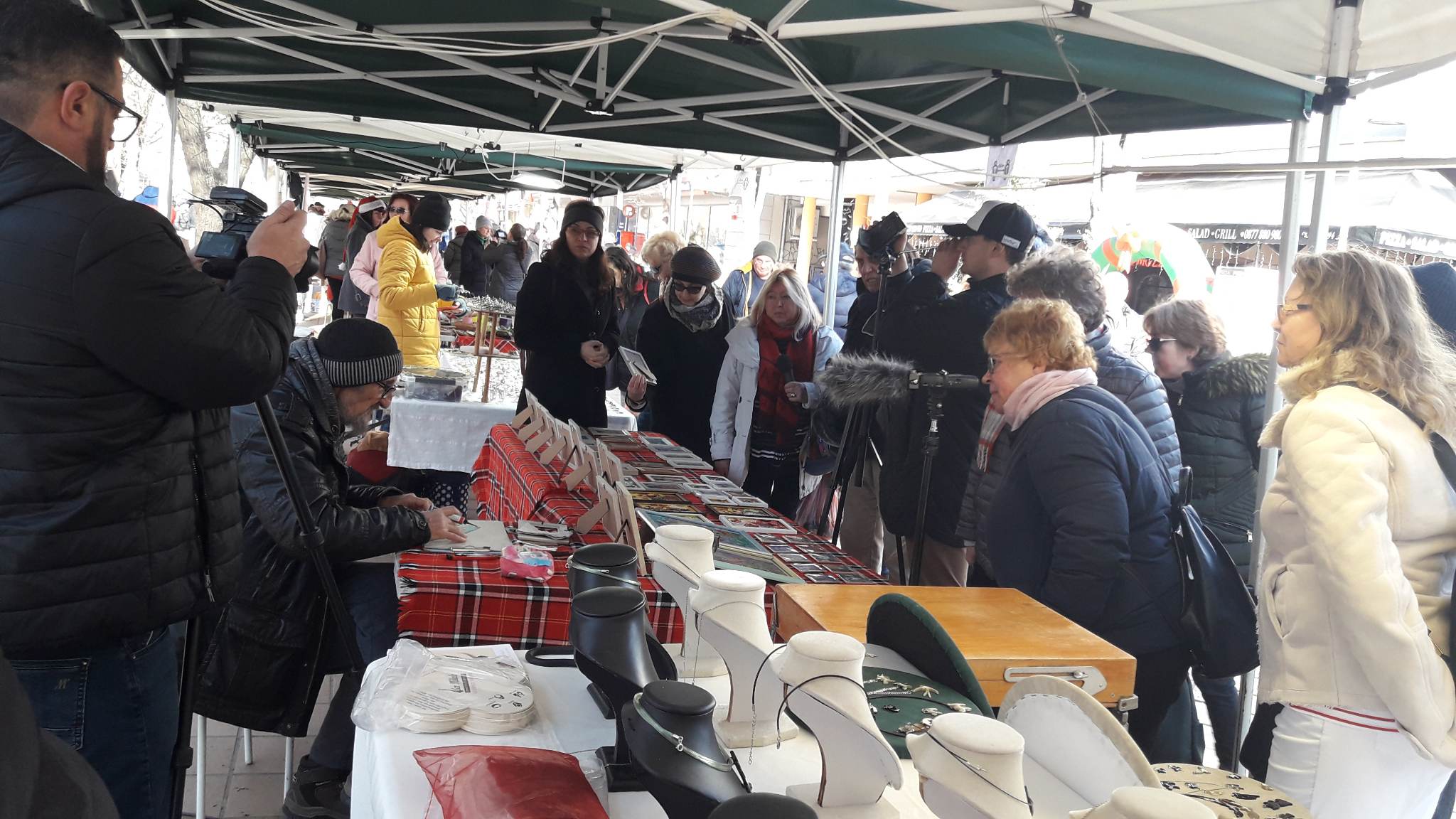
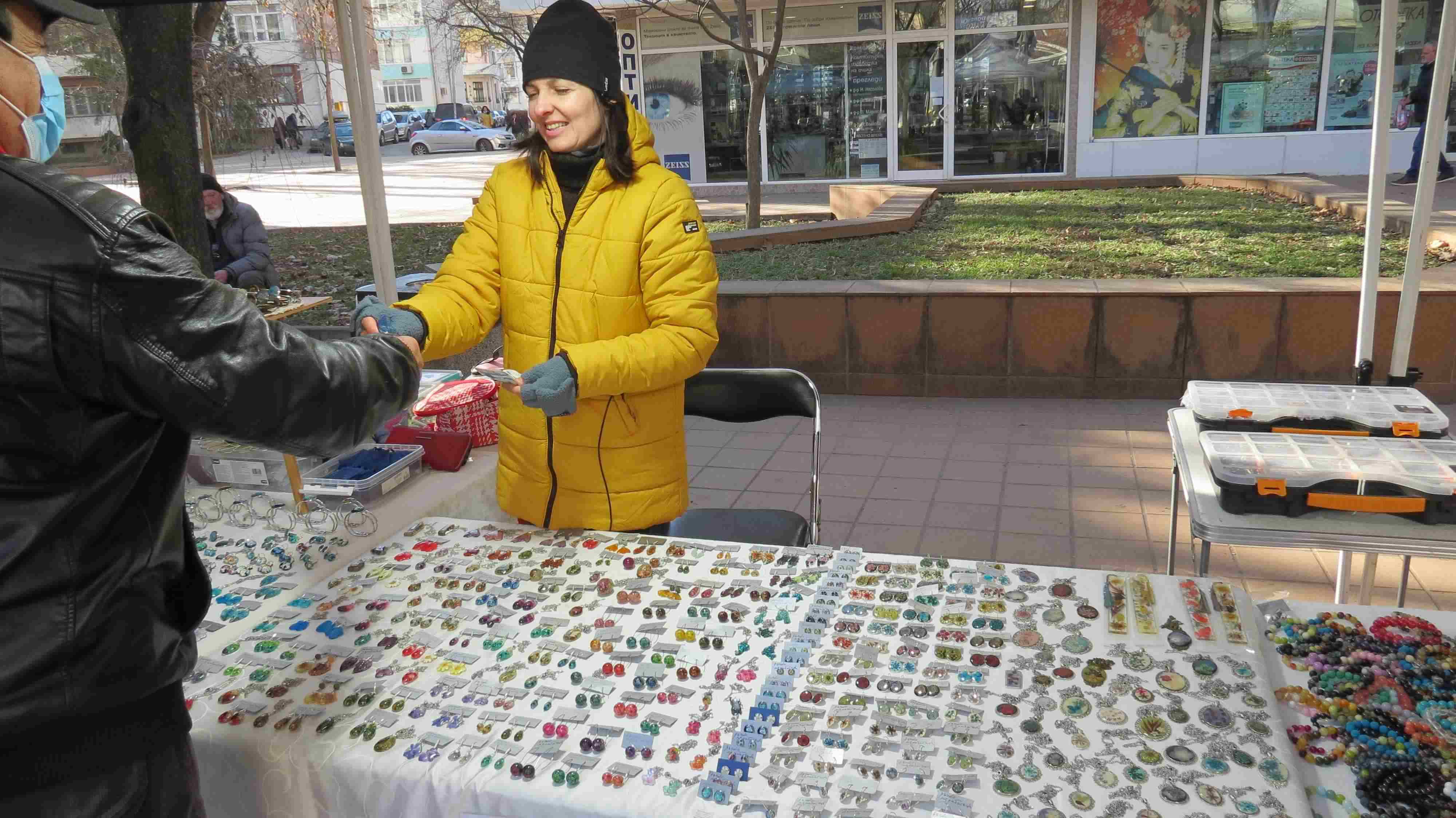
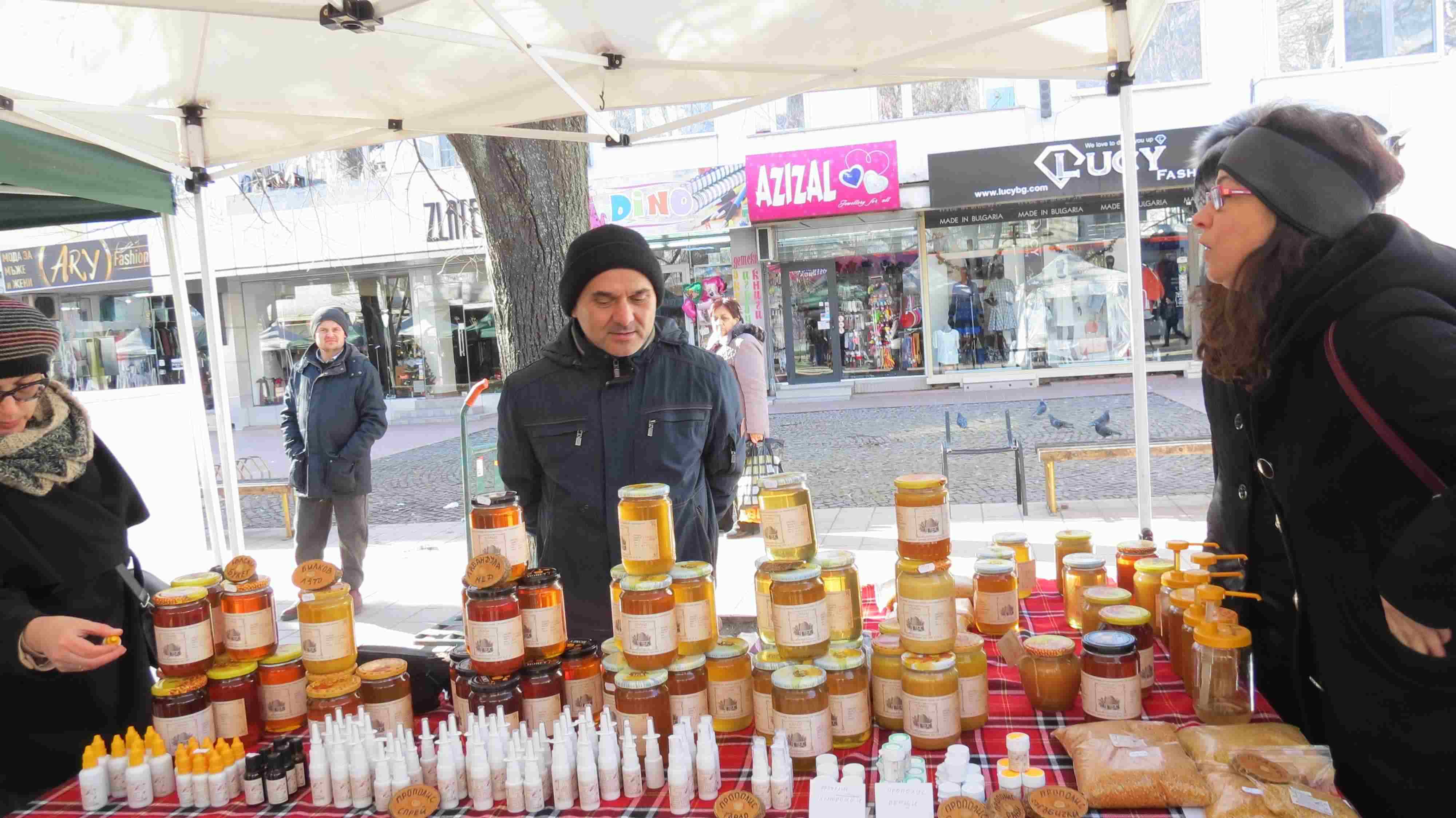
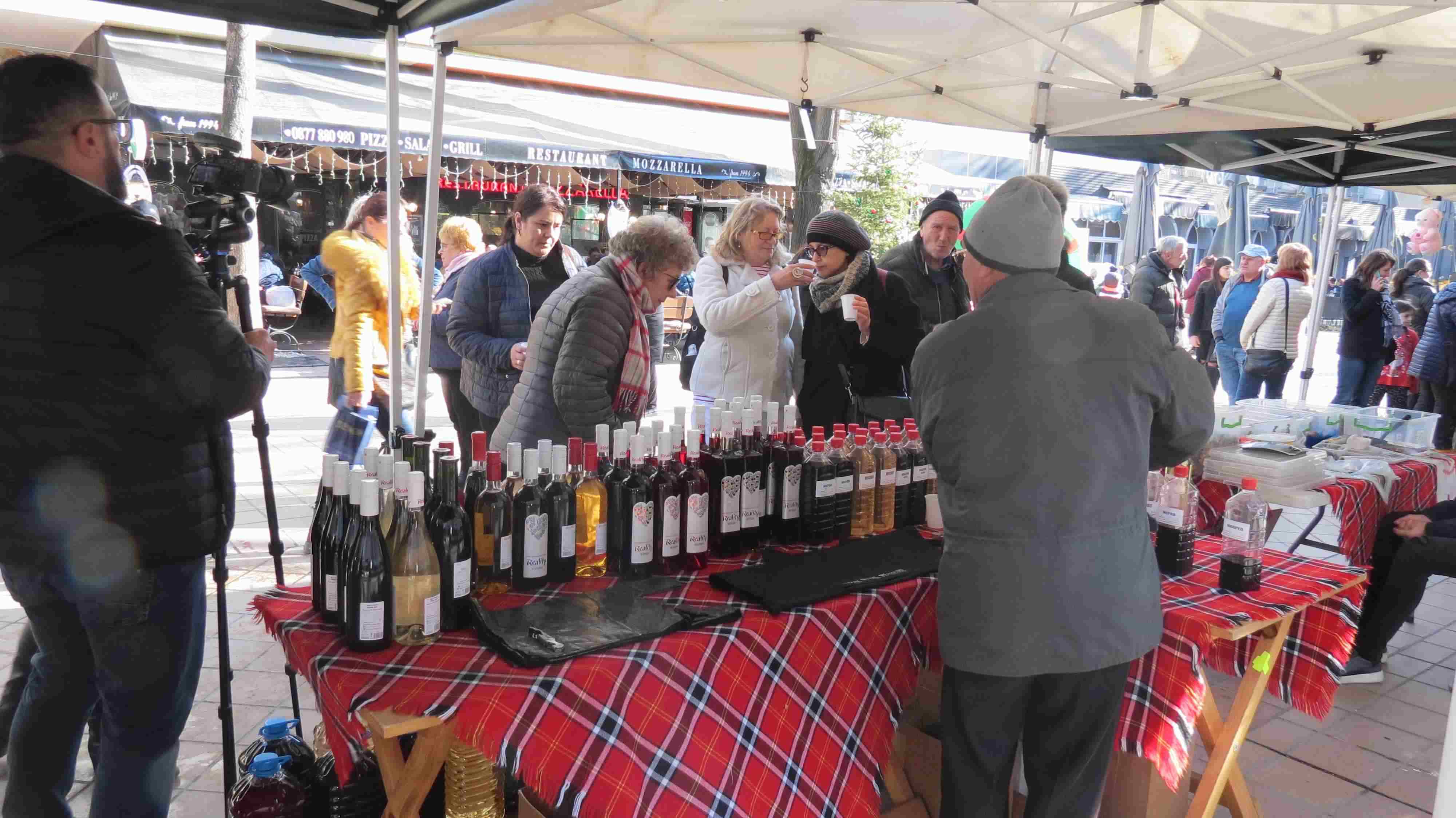
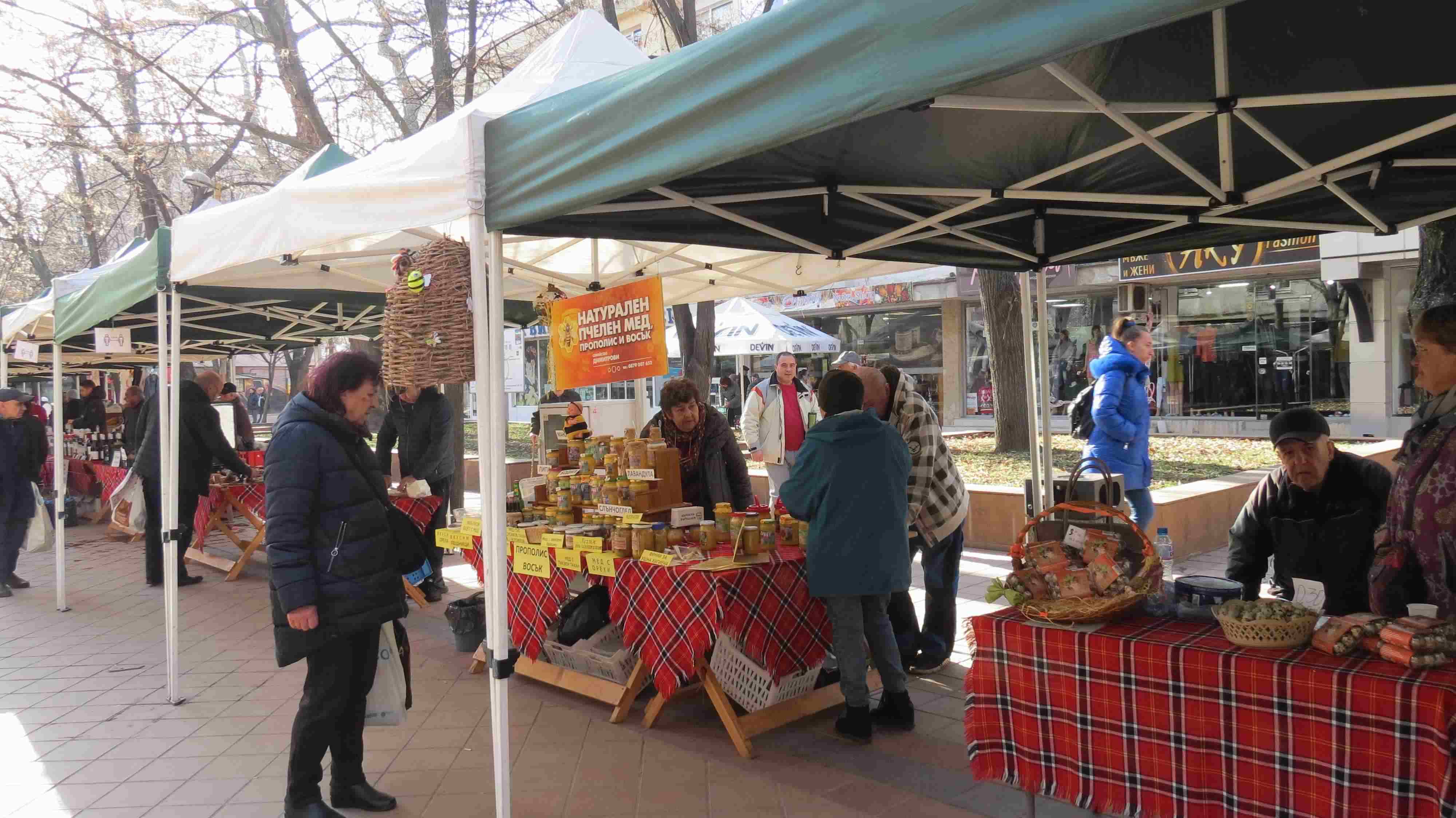
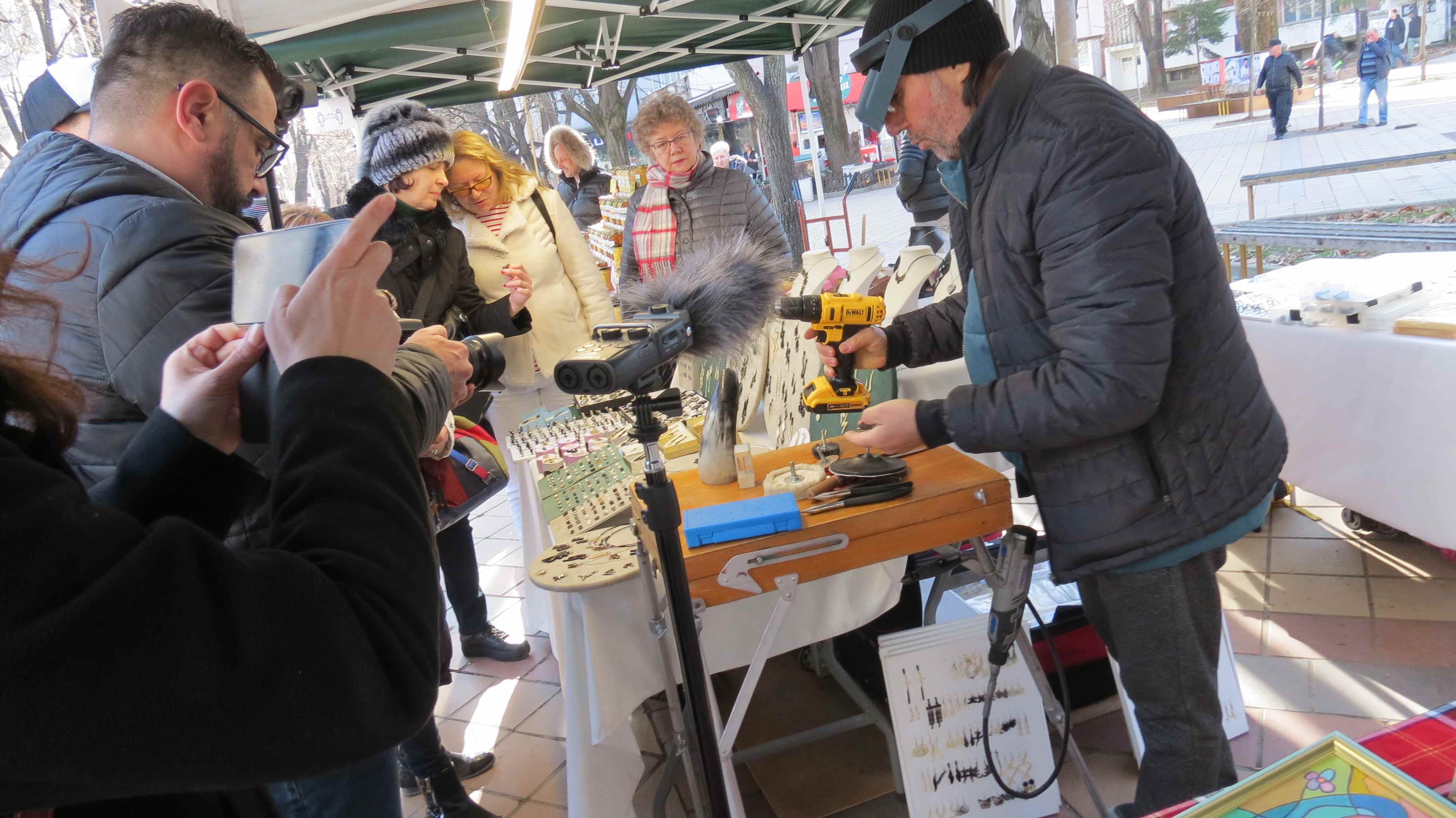


Comments